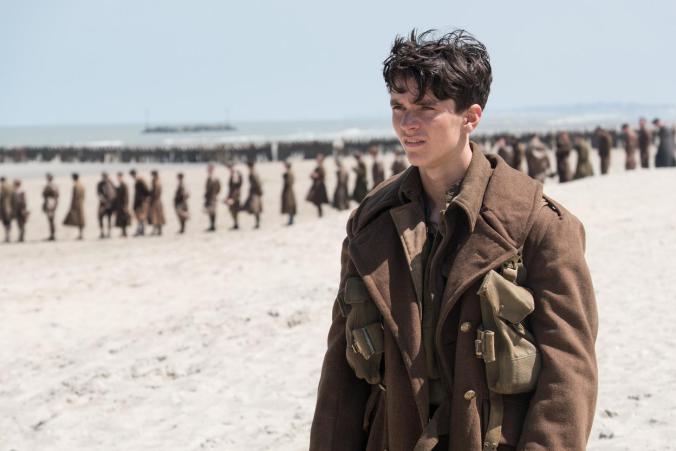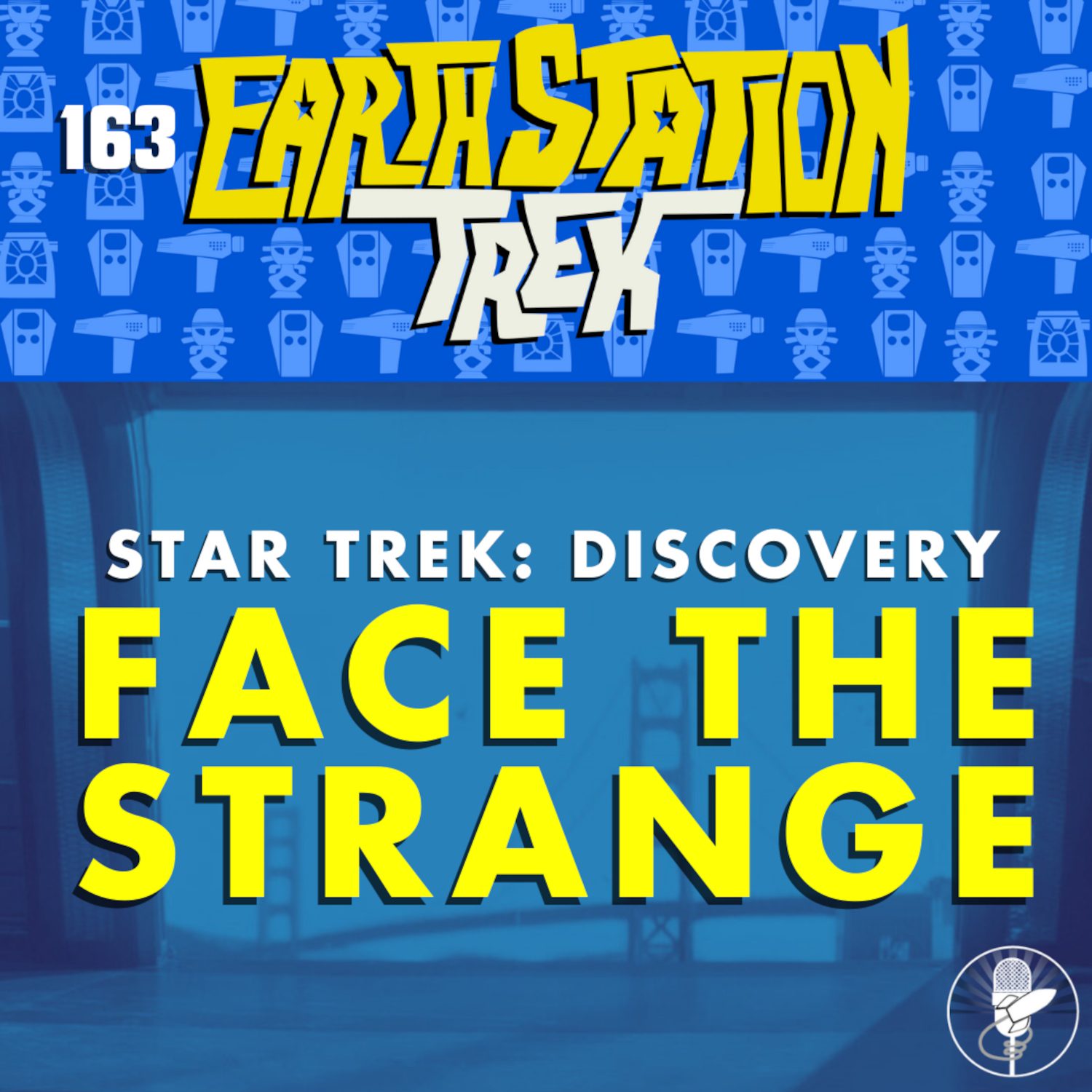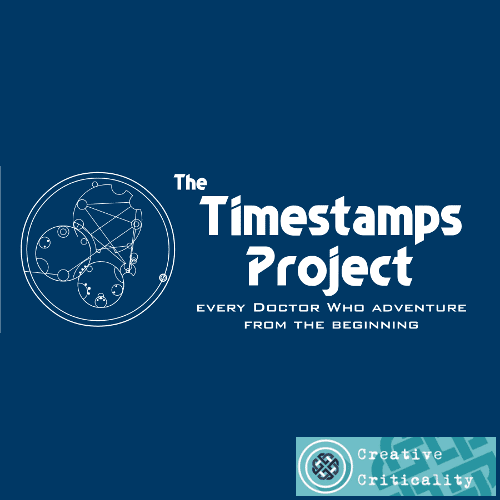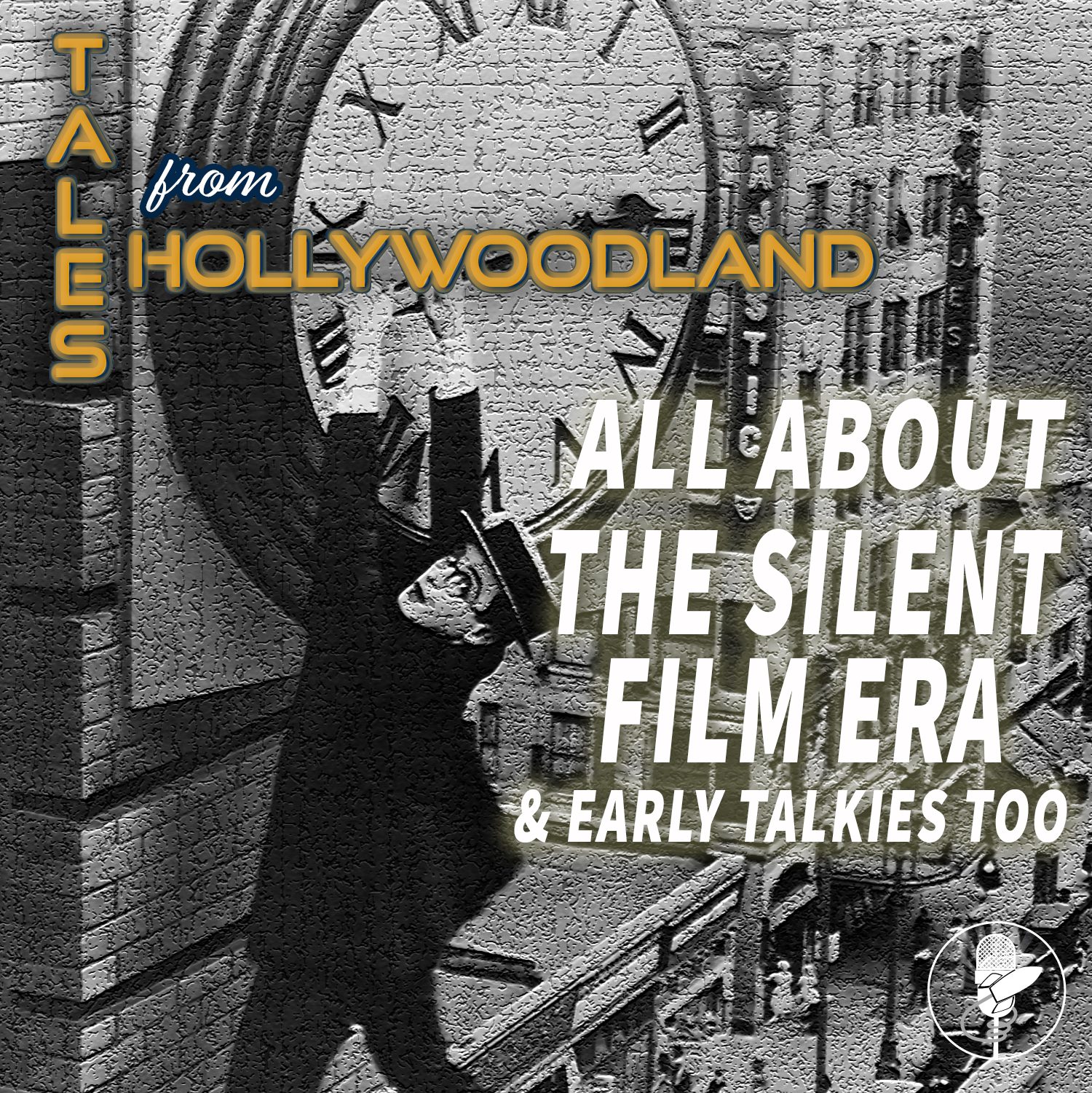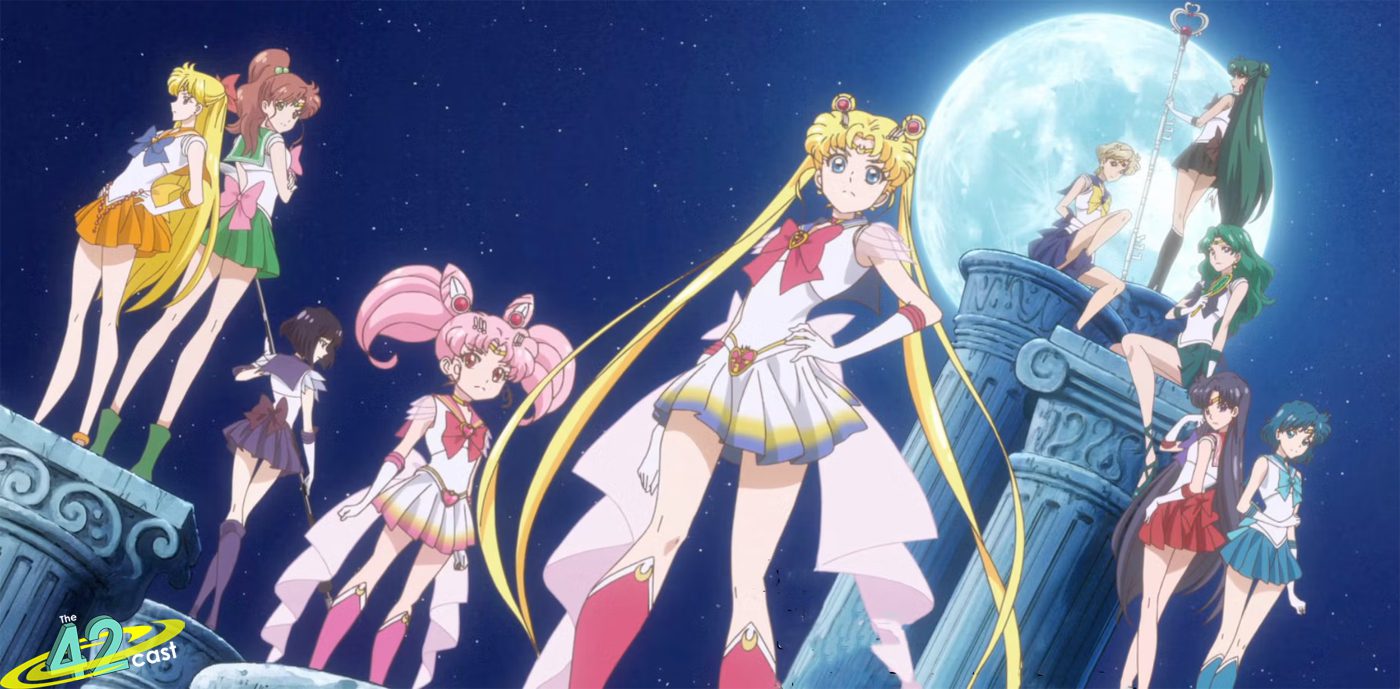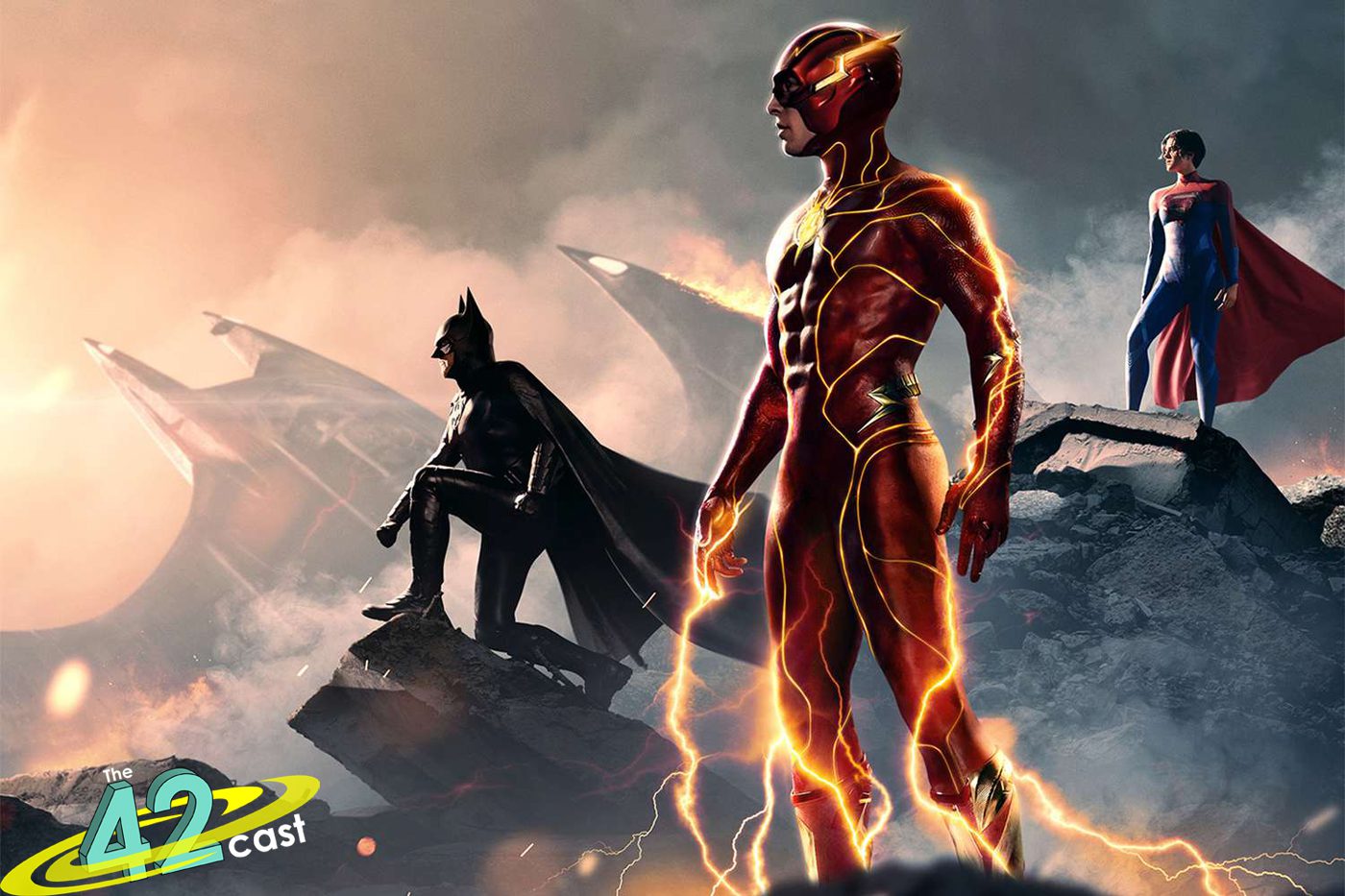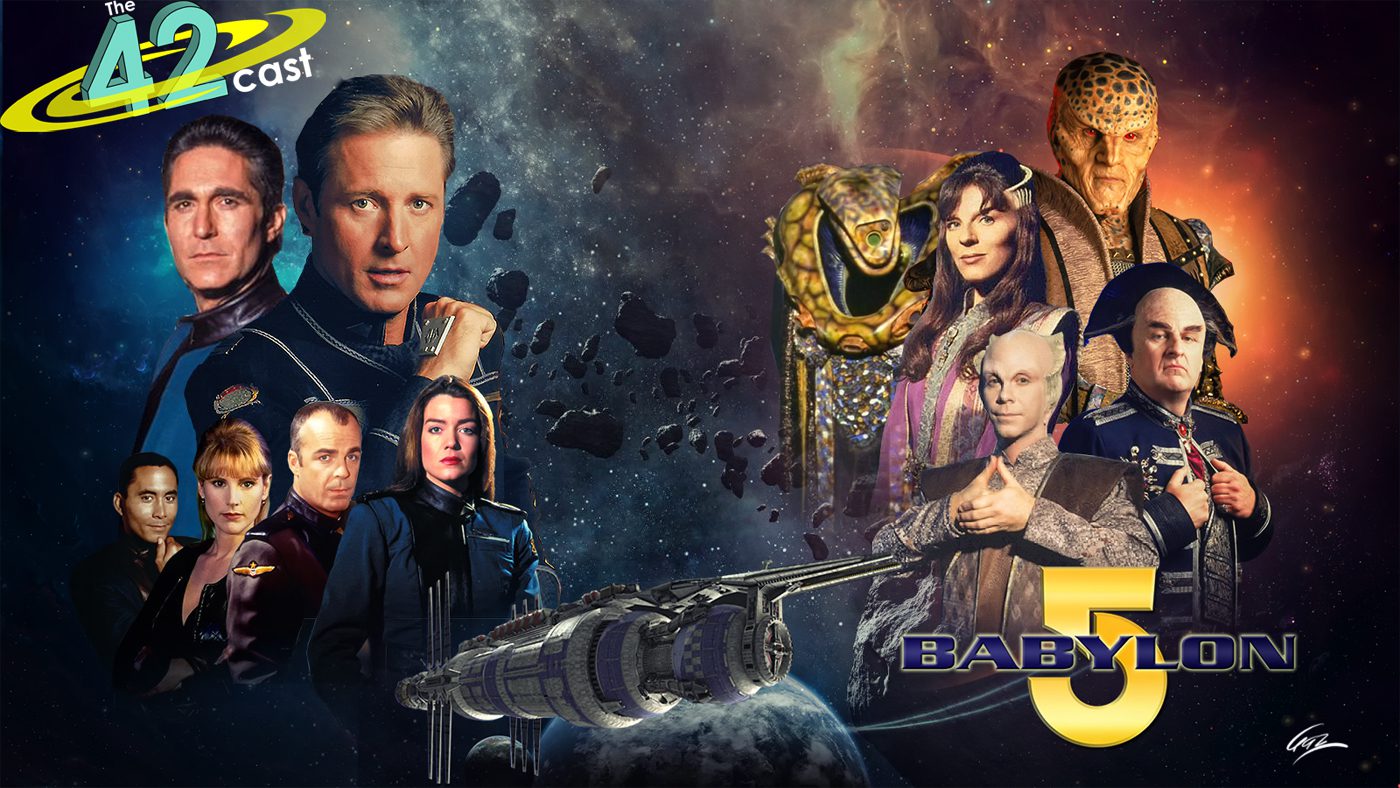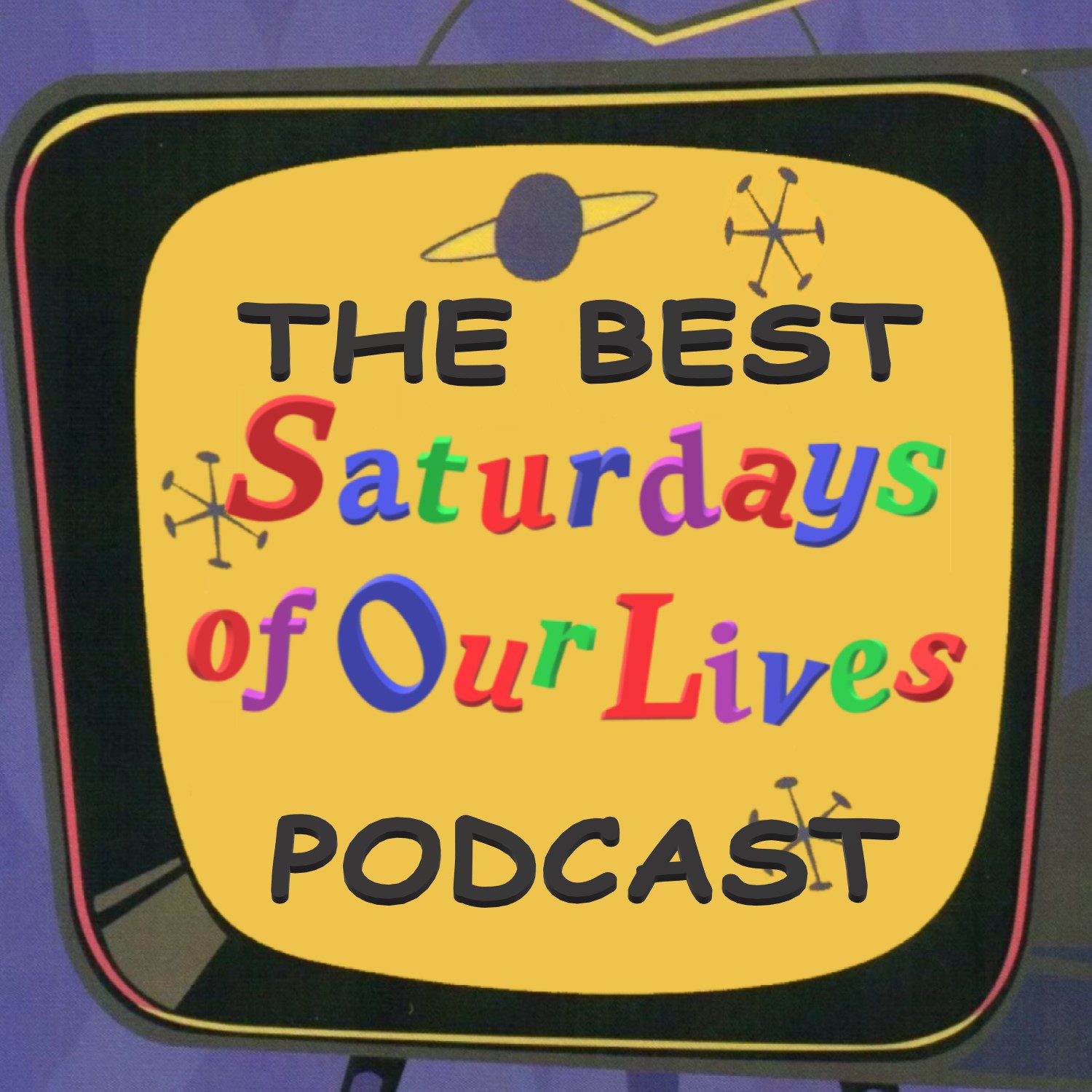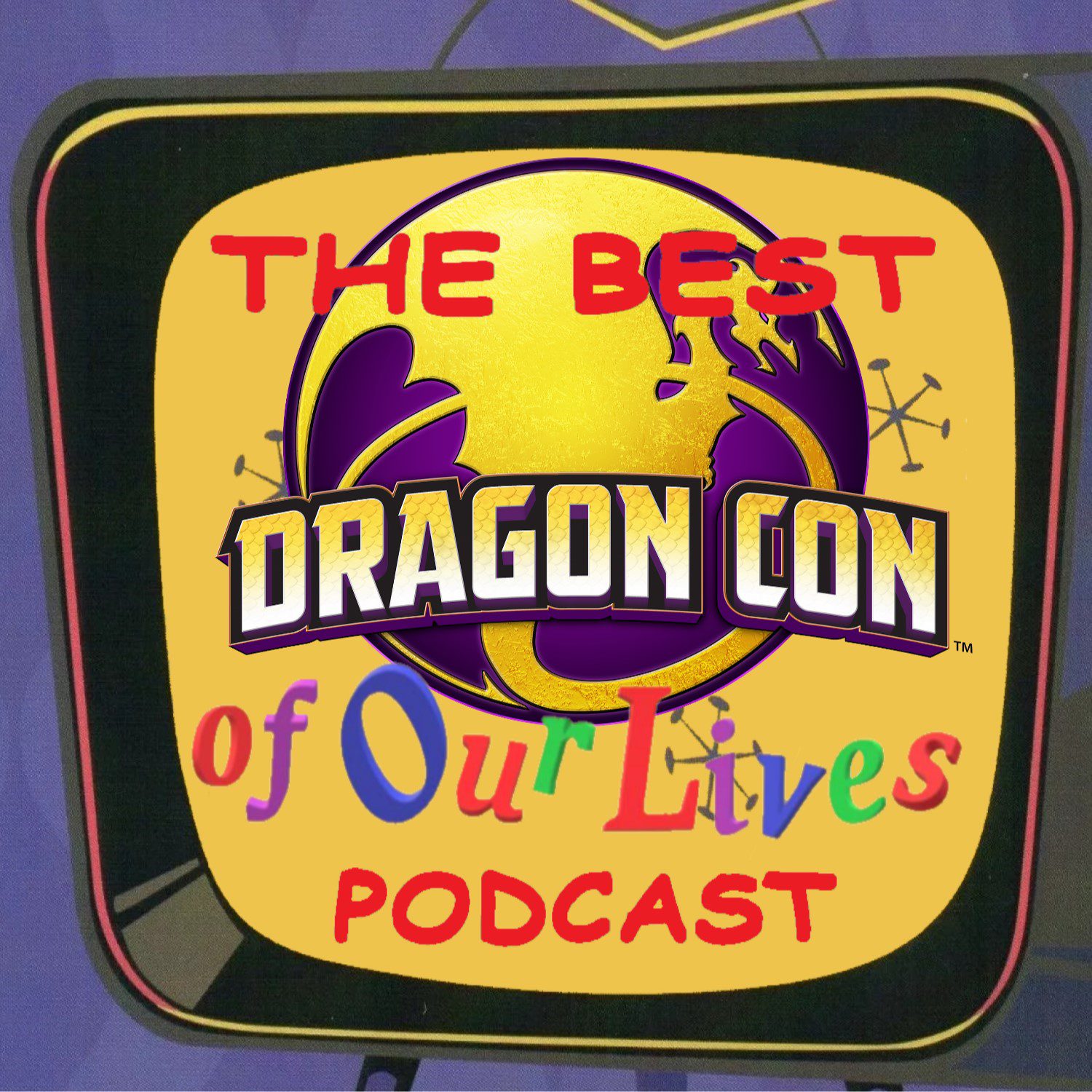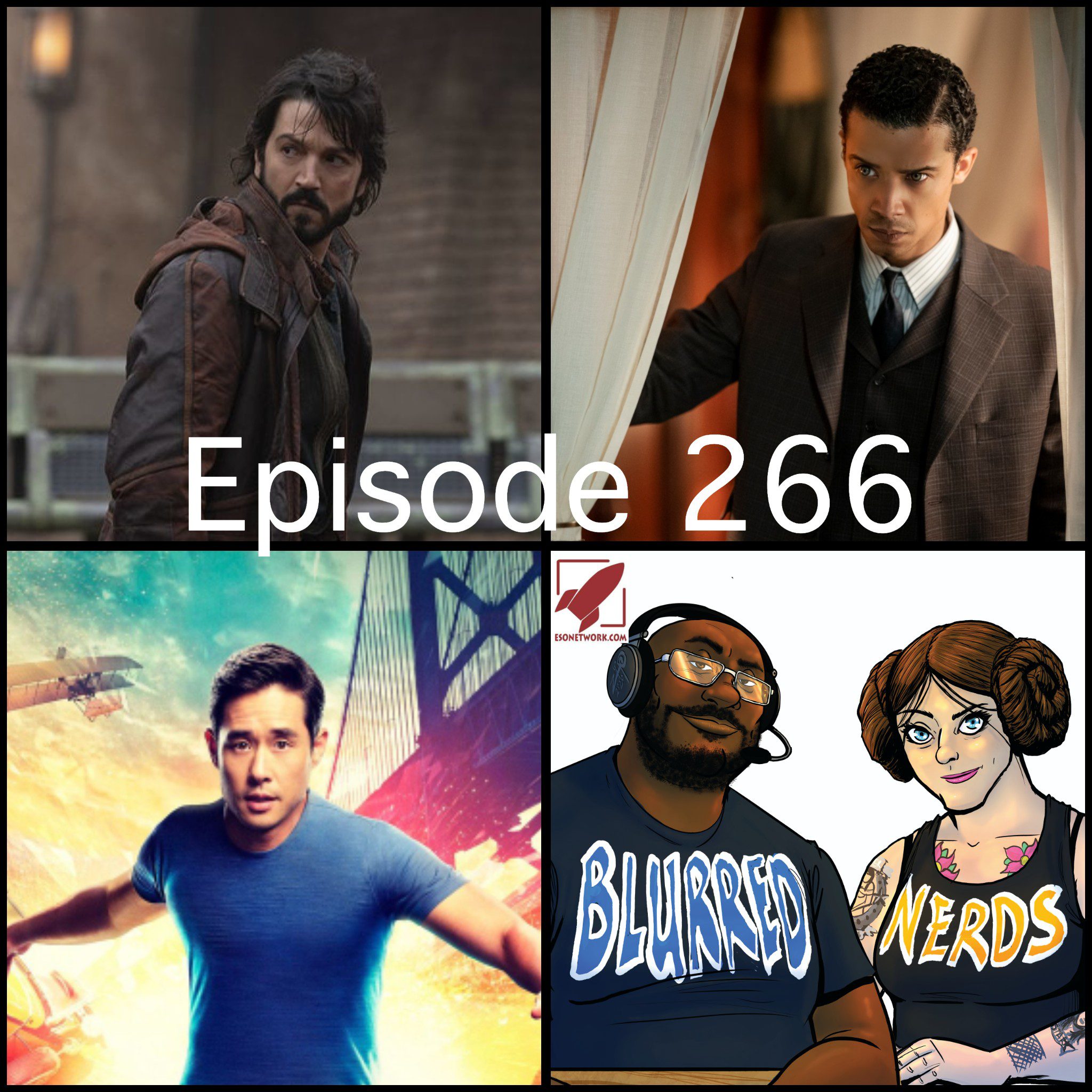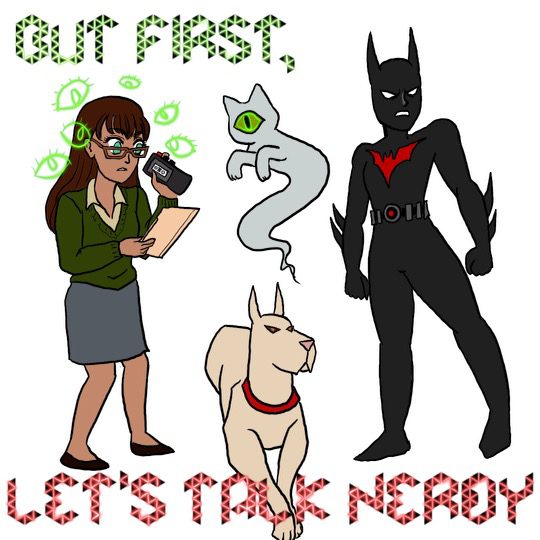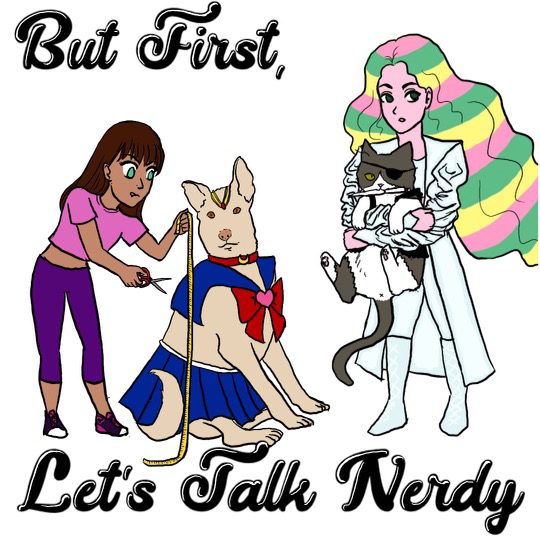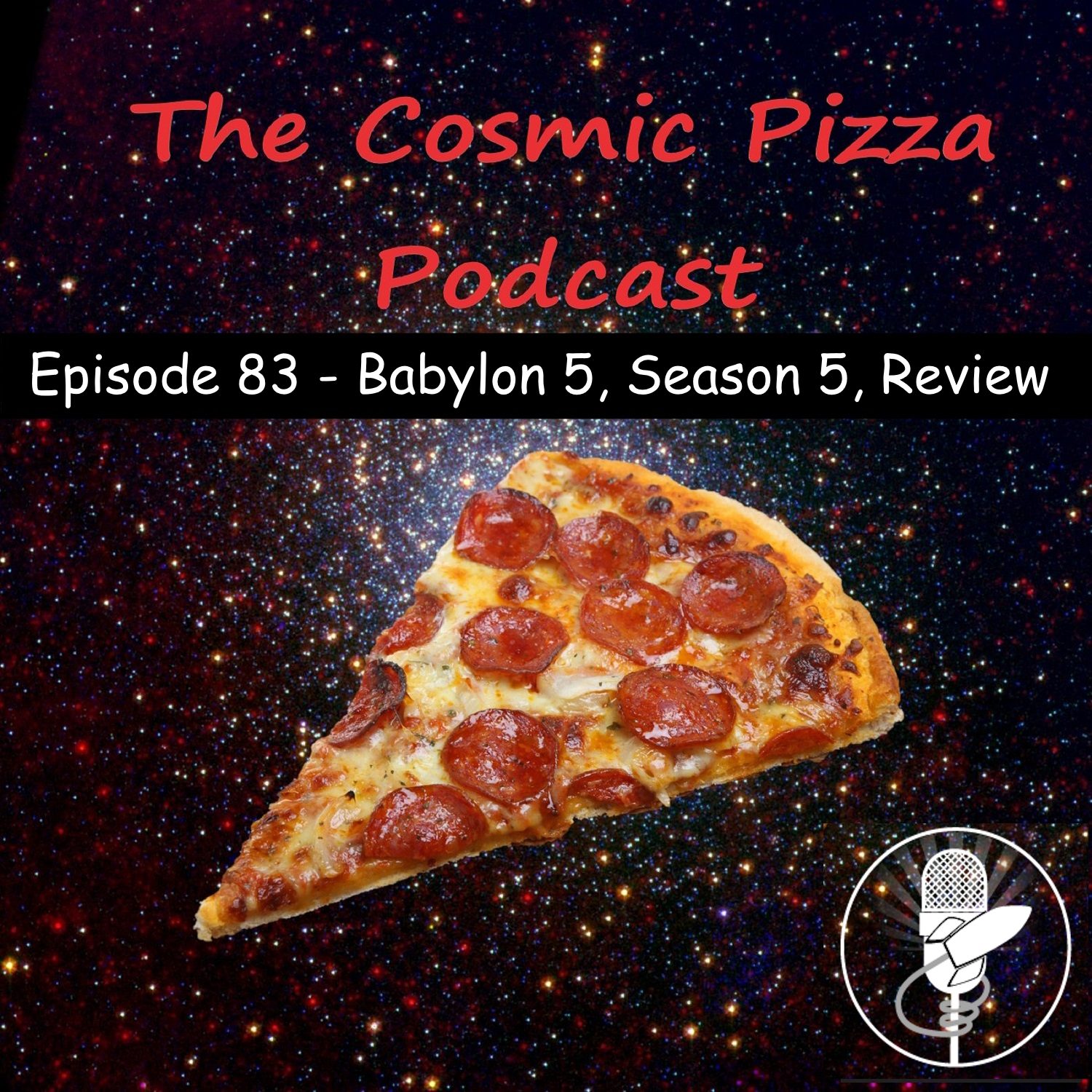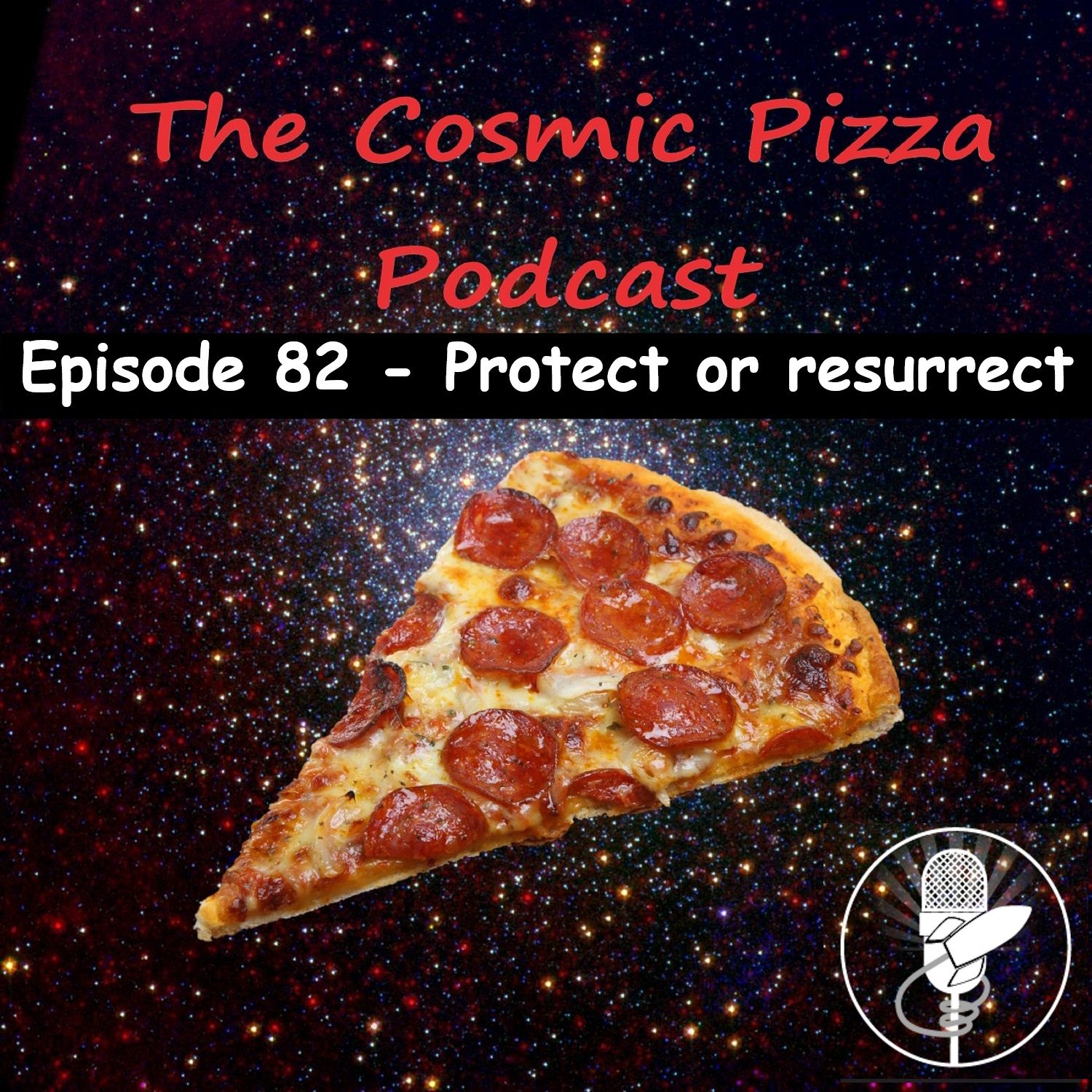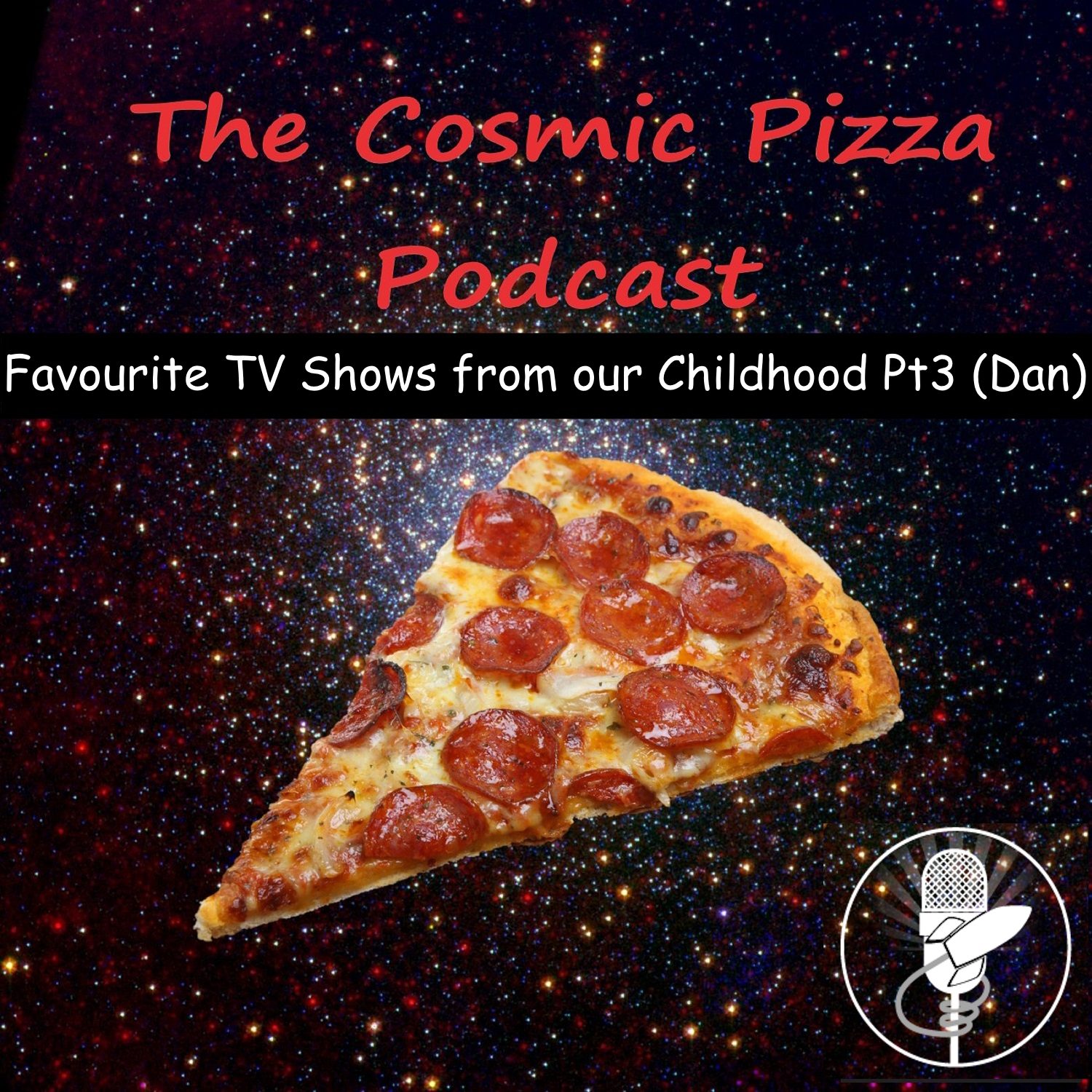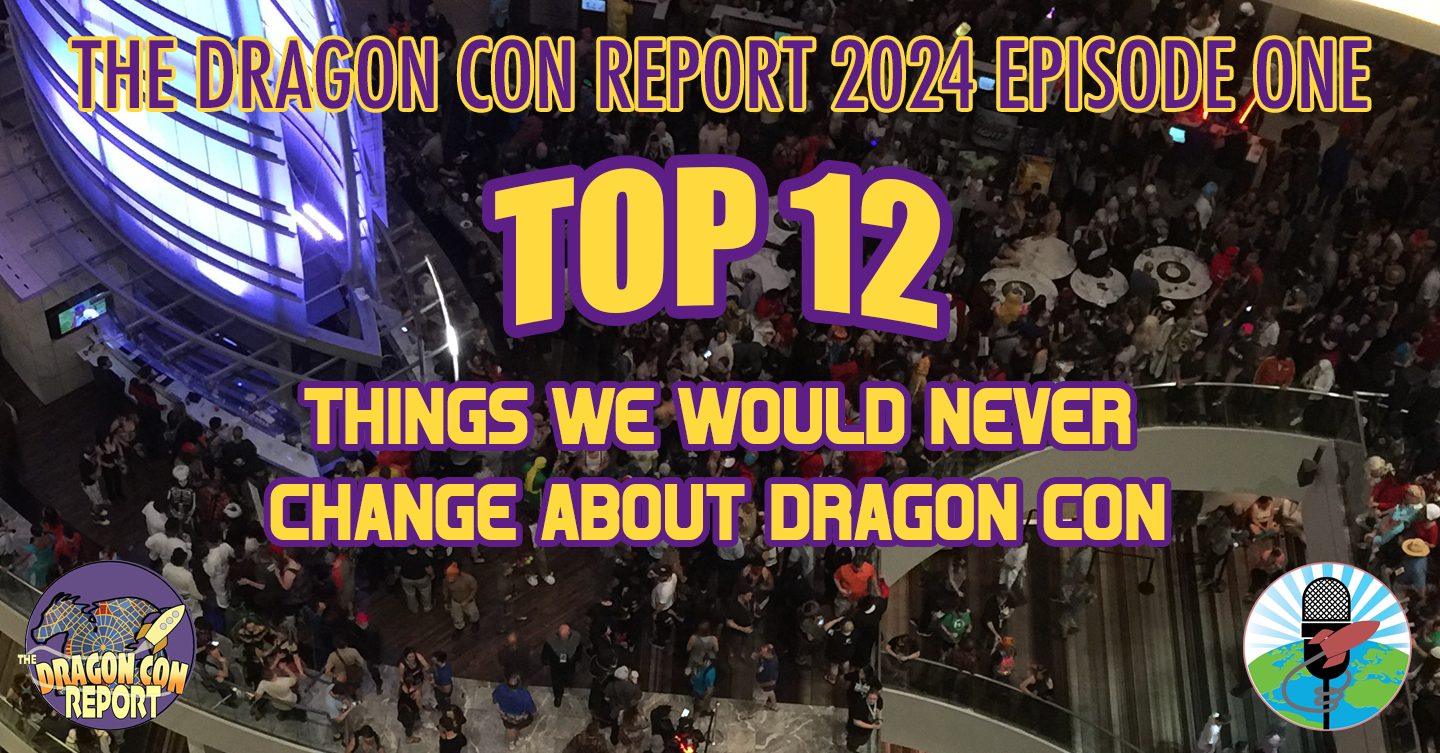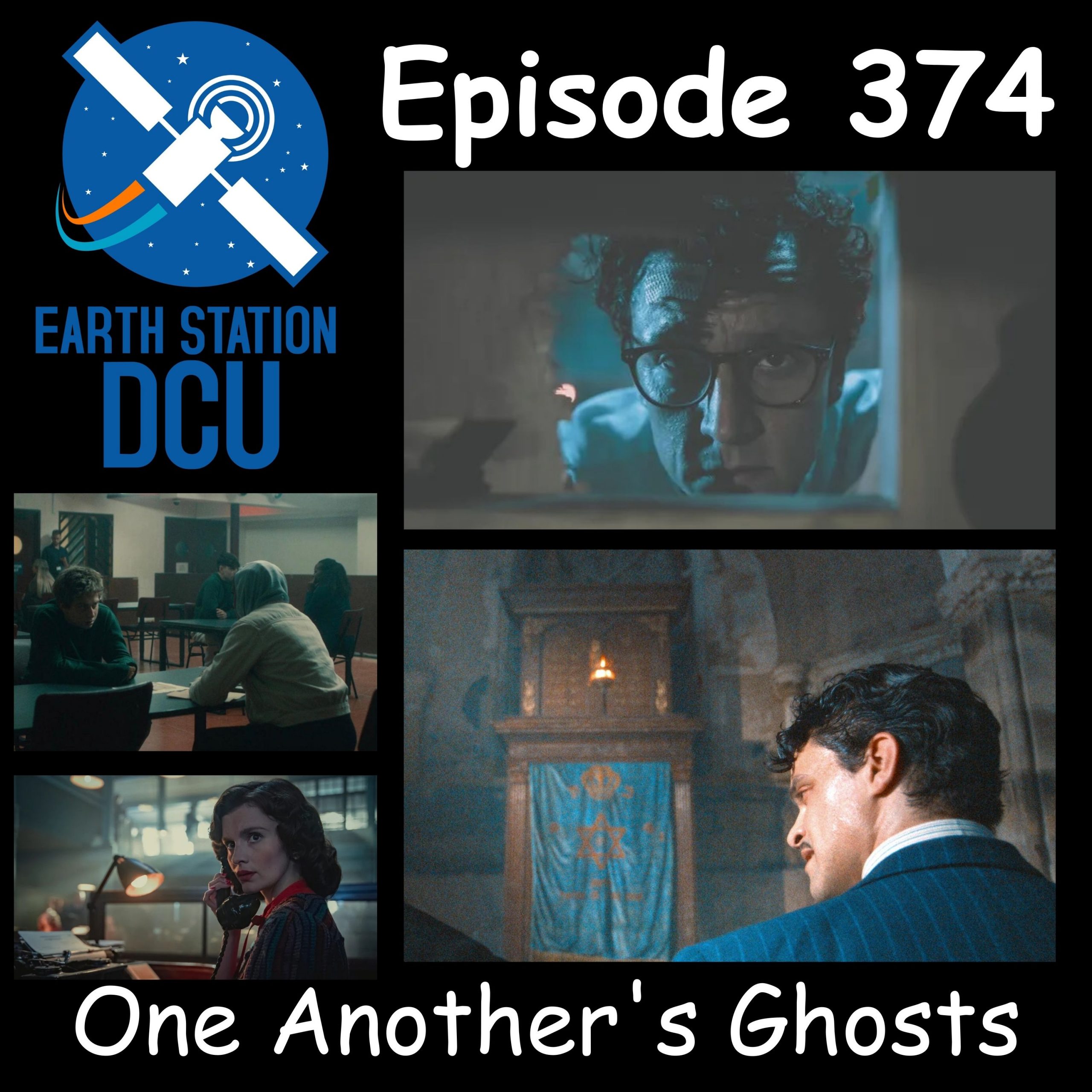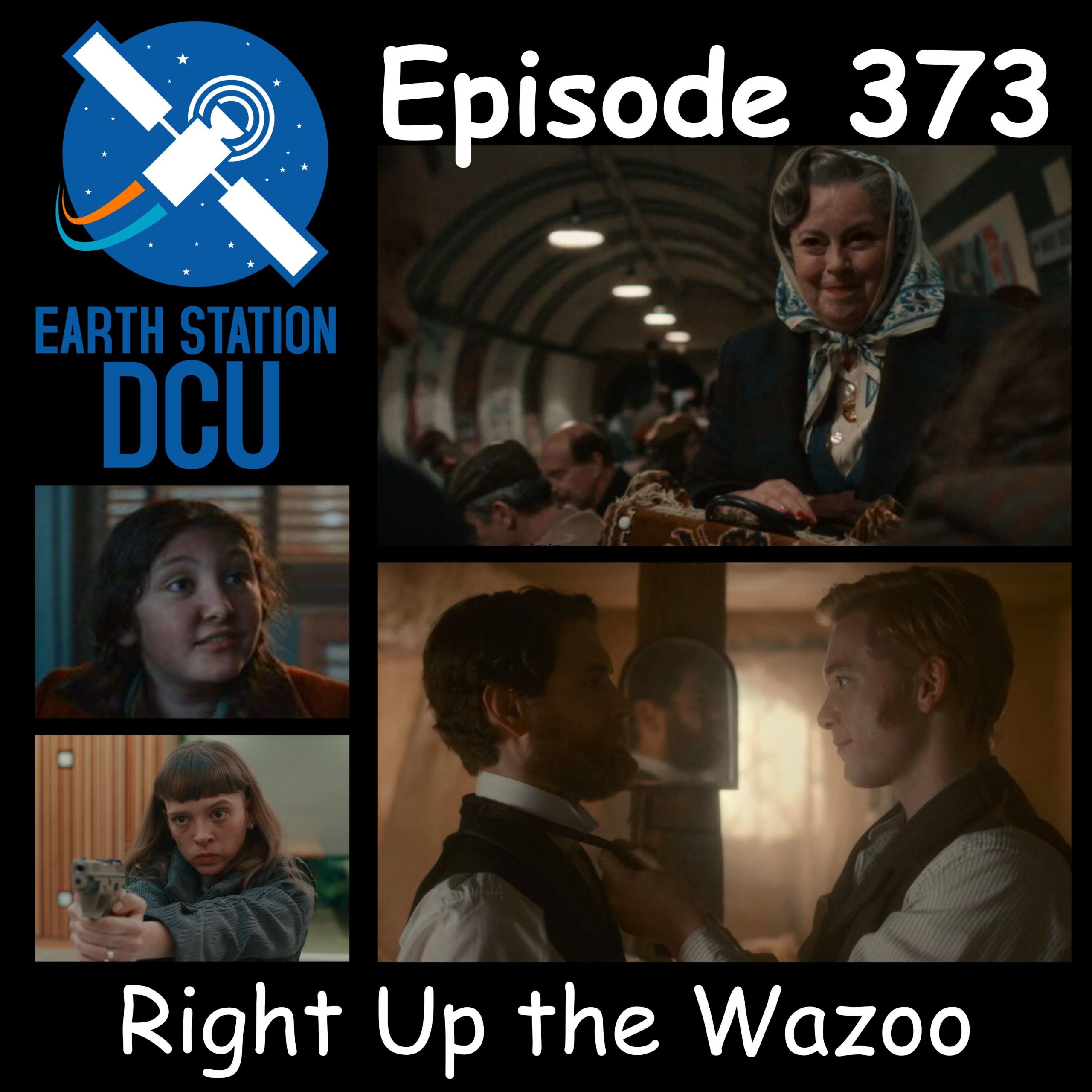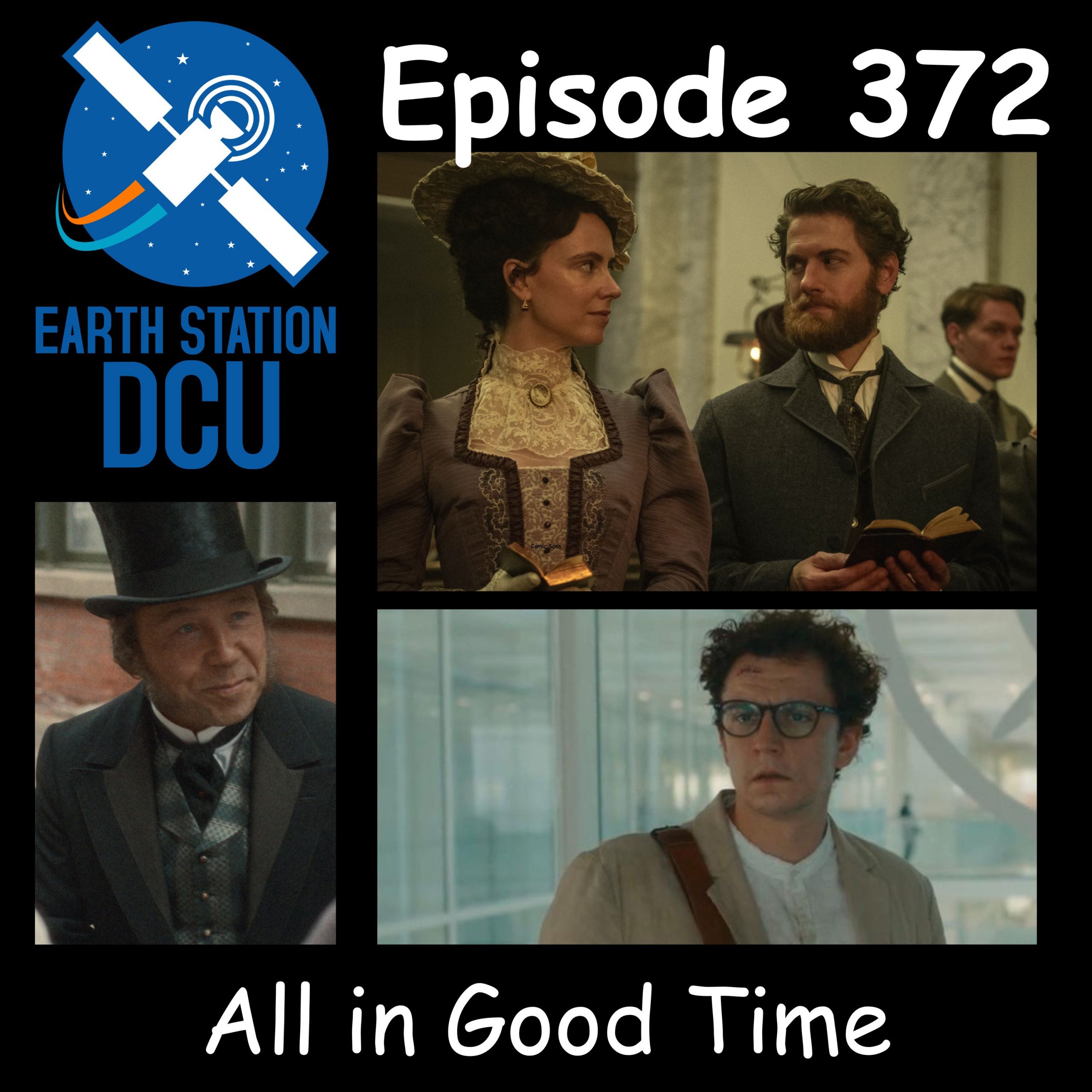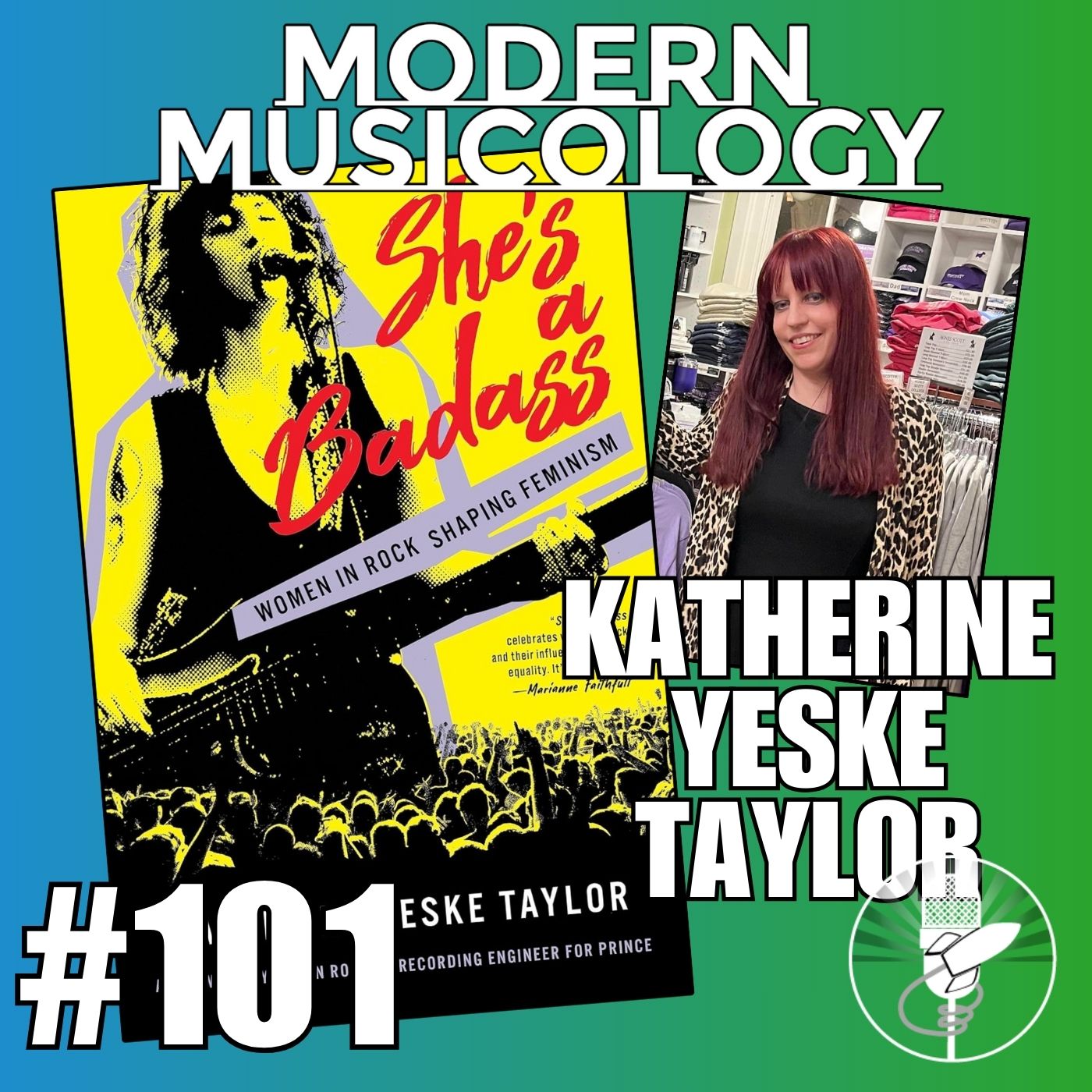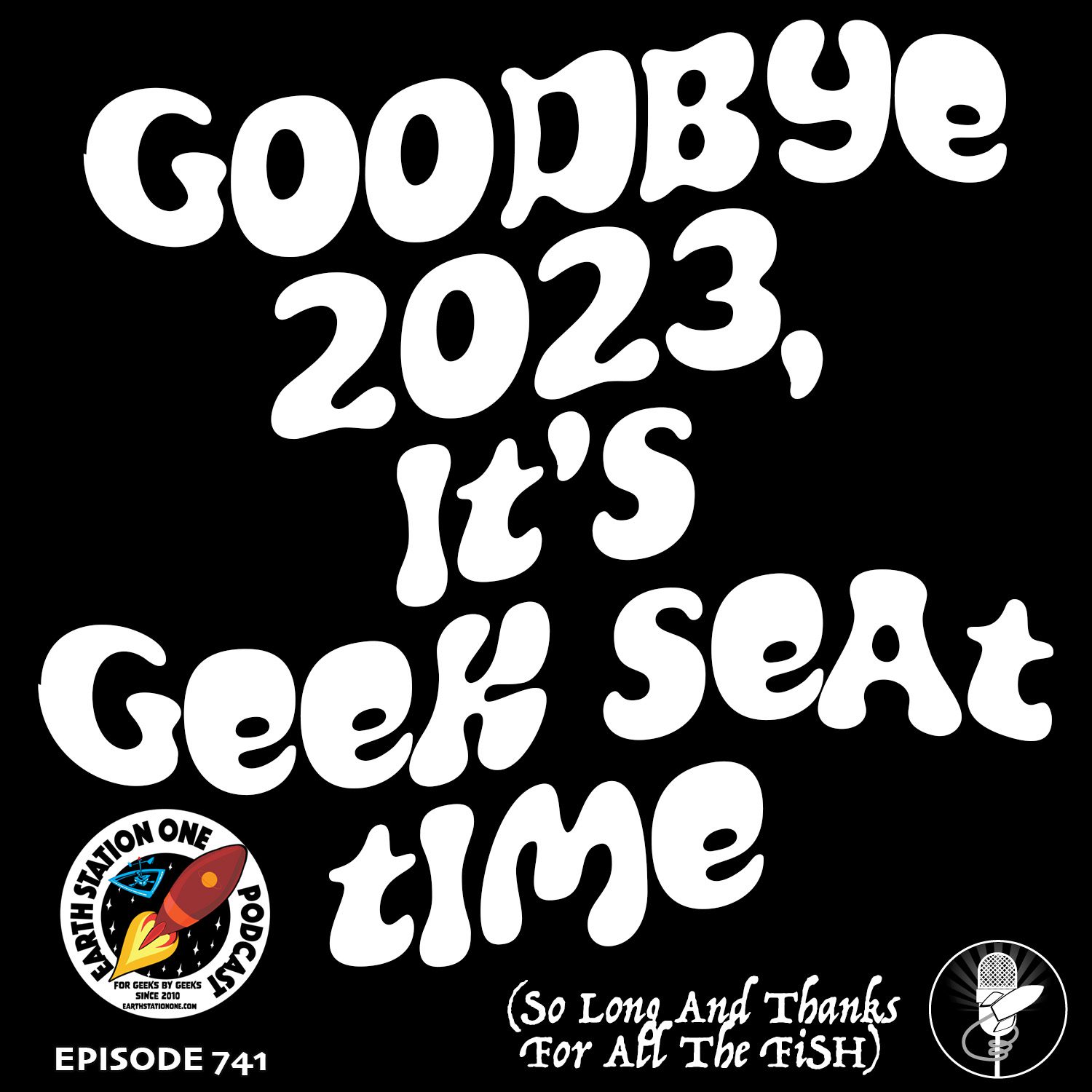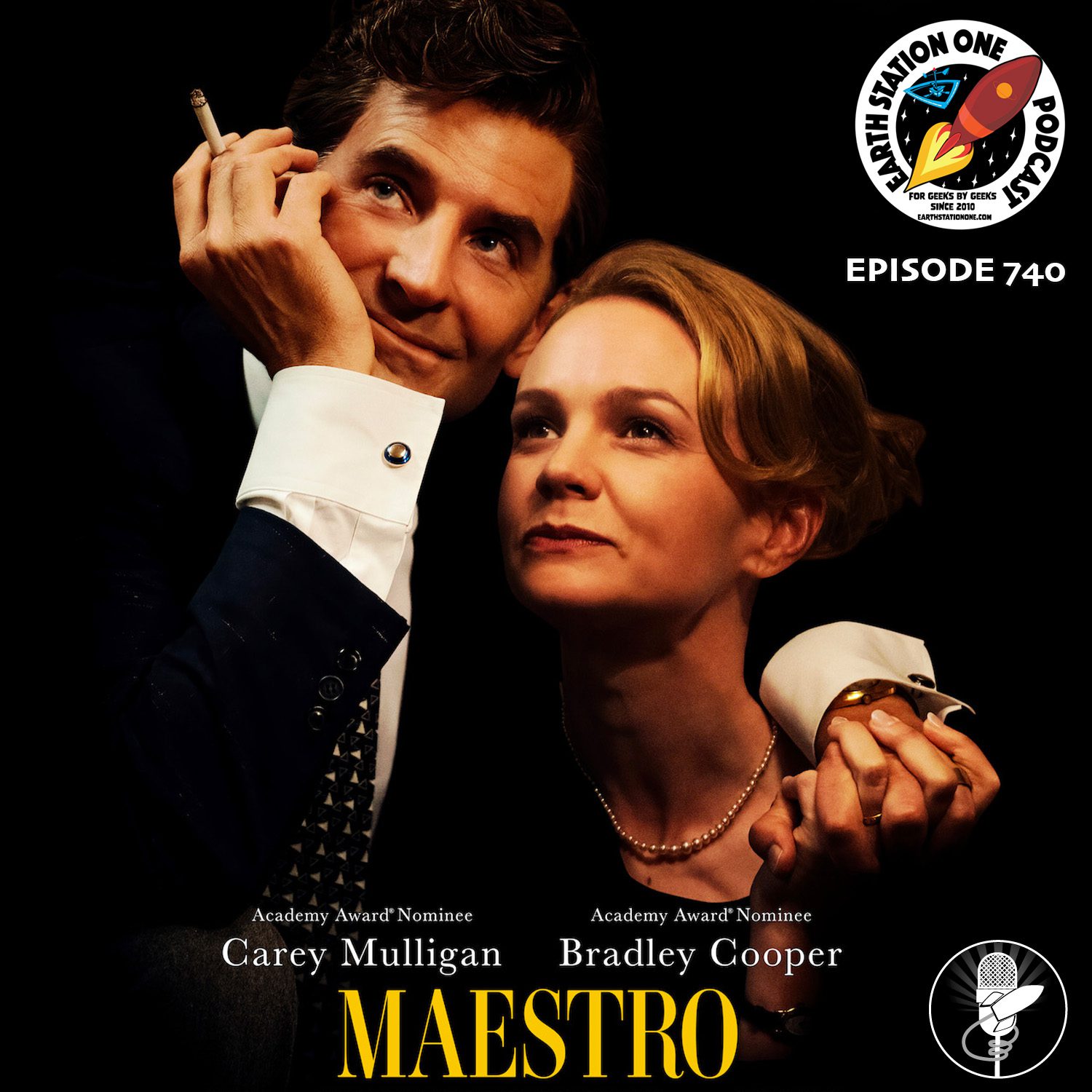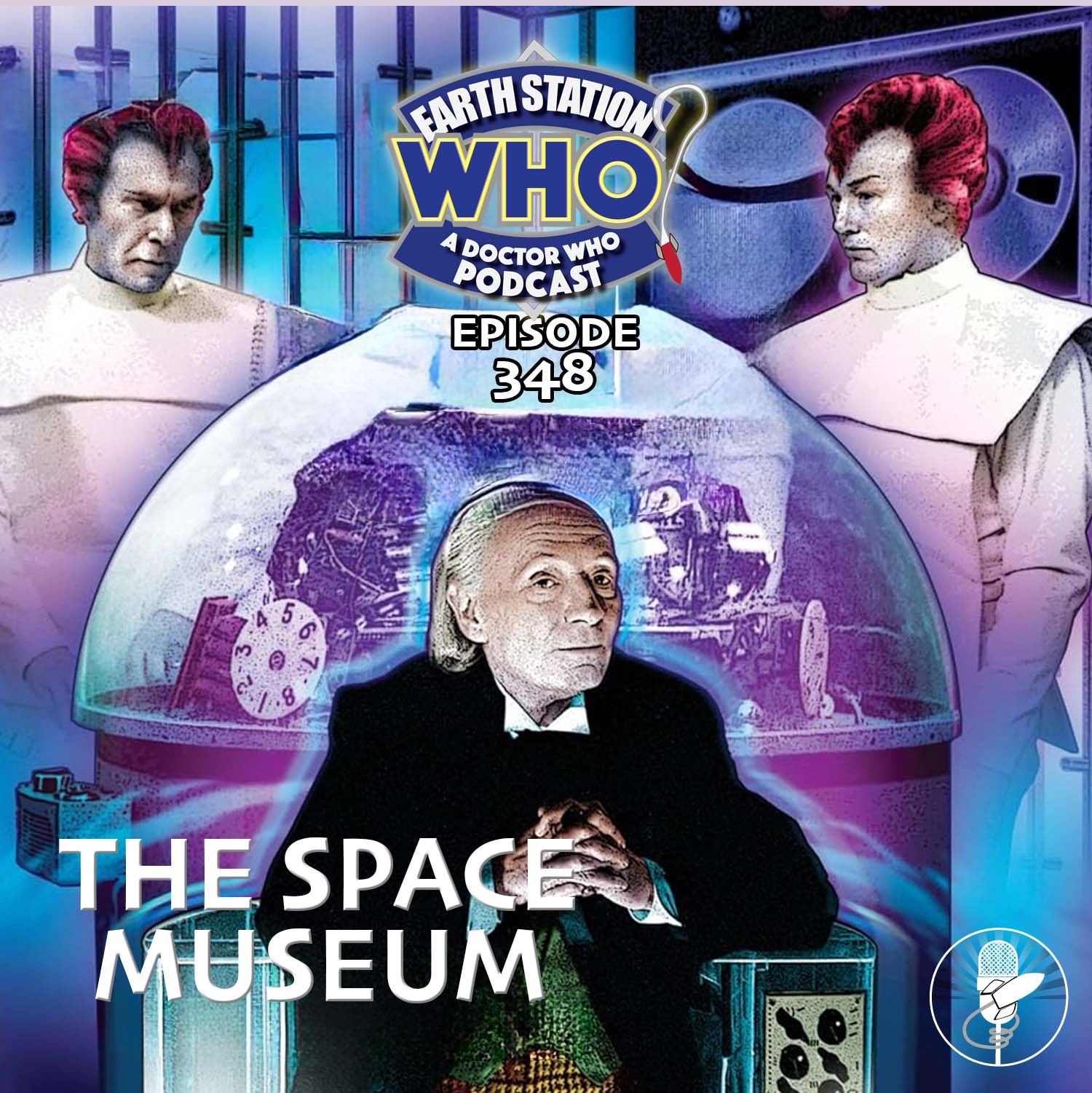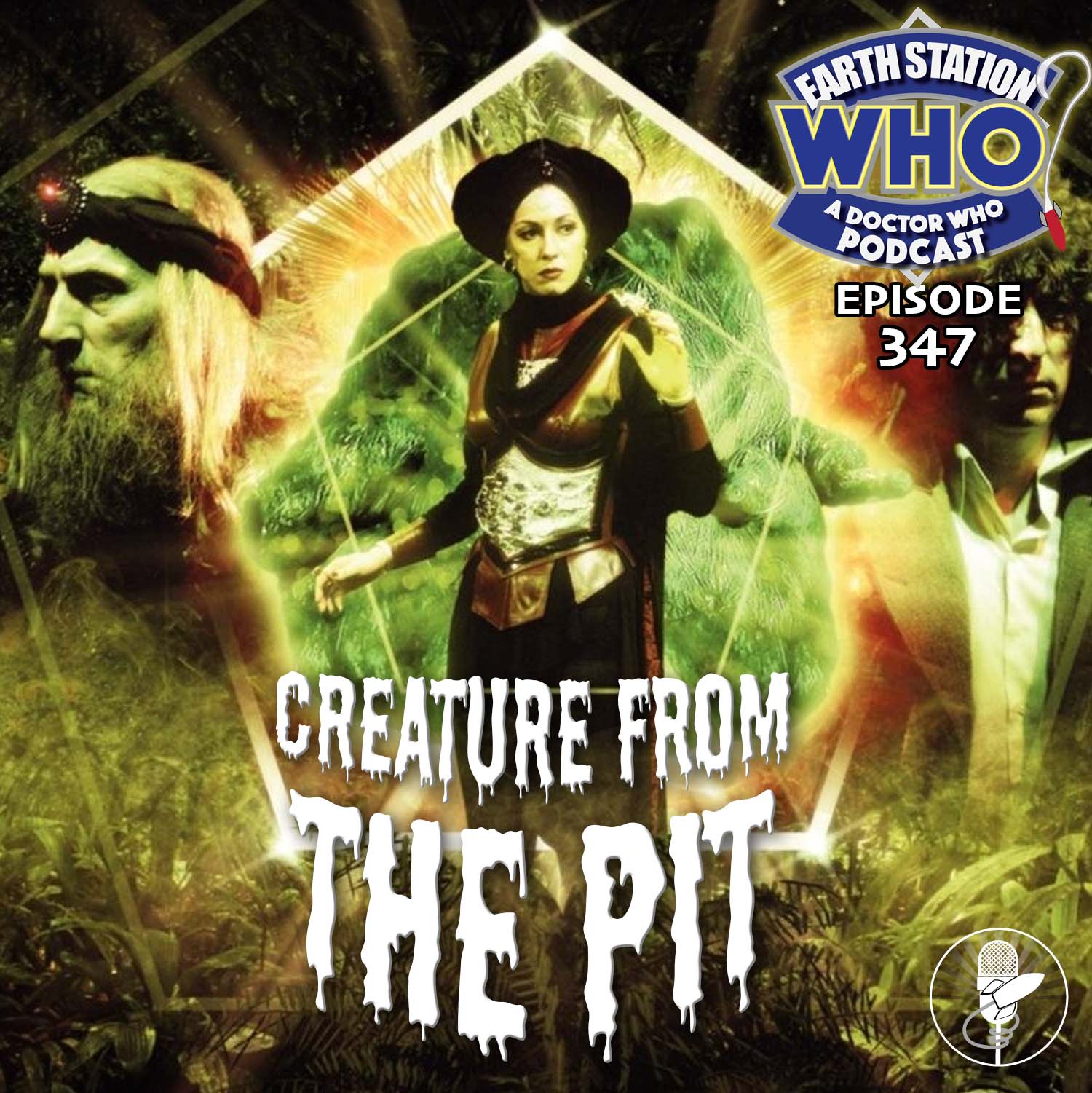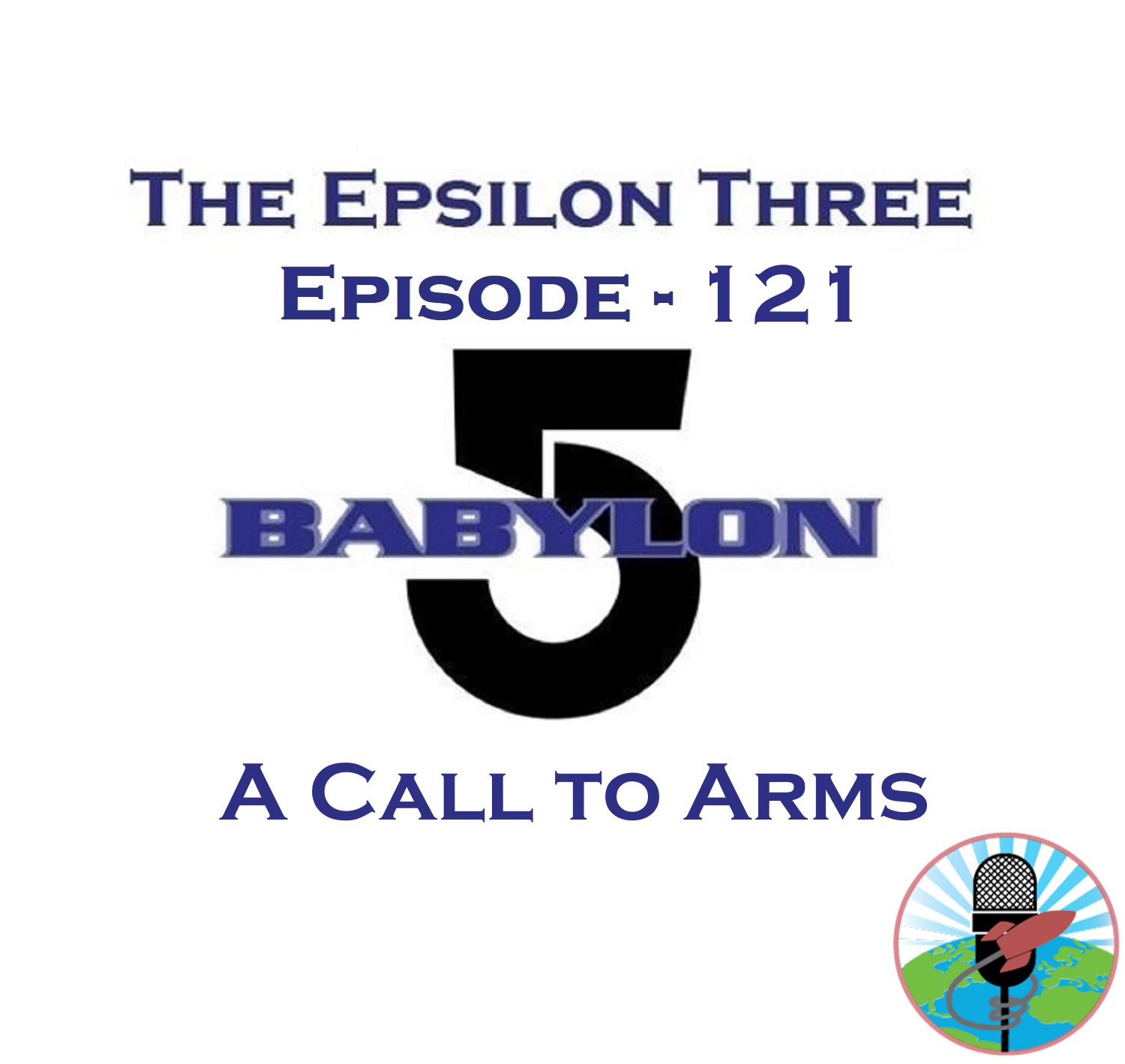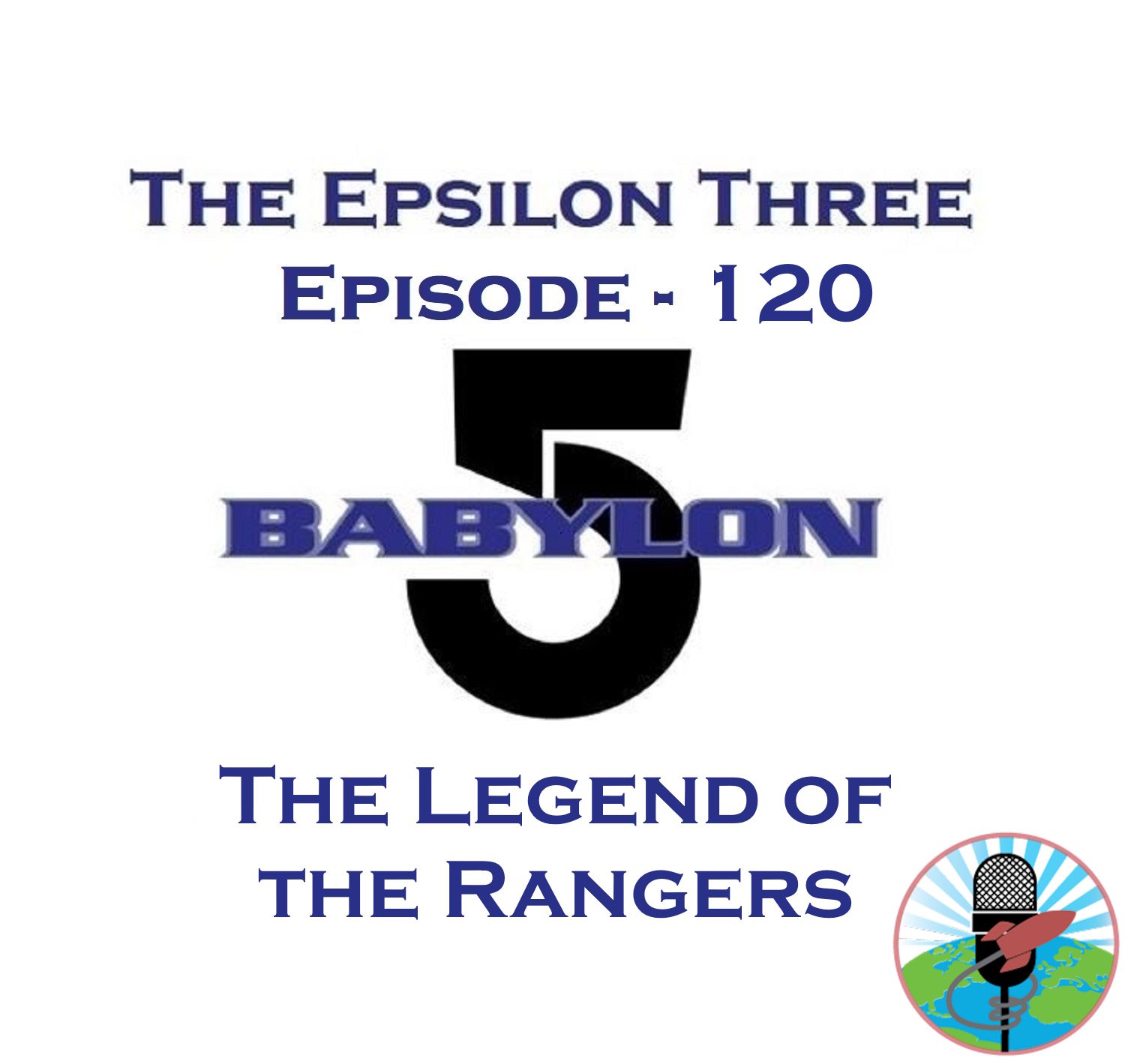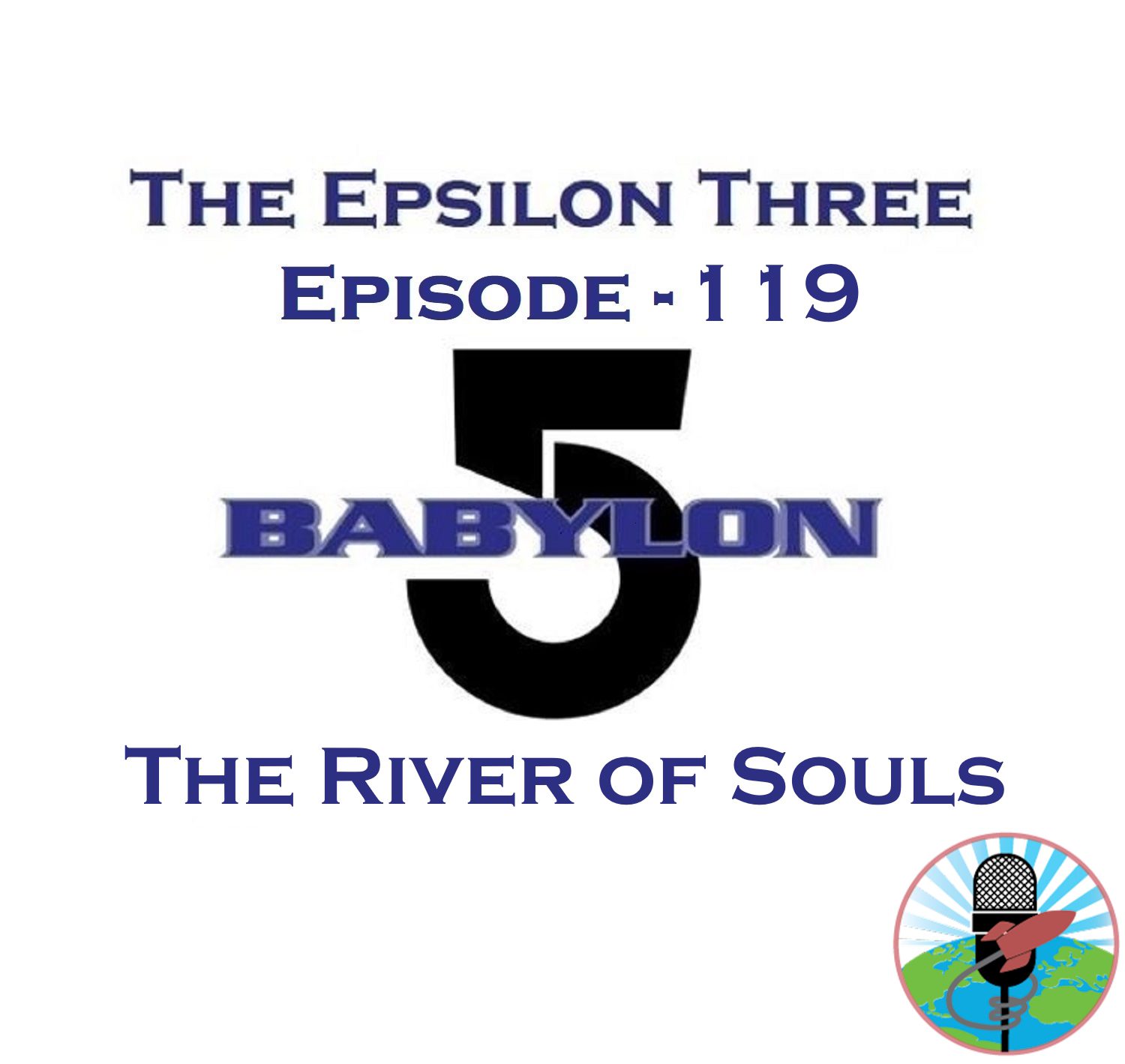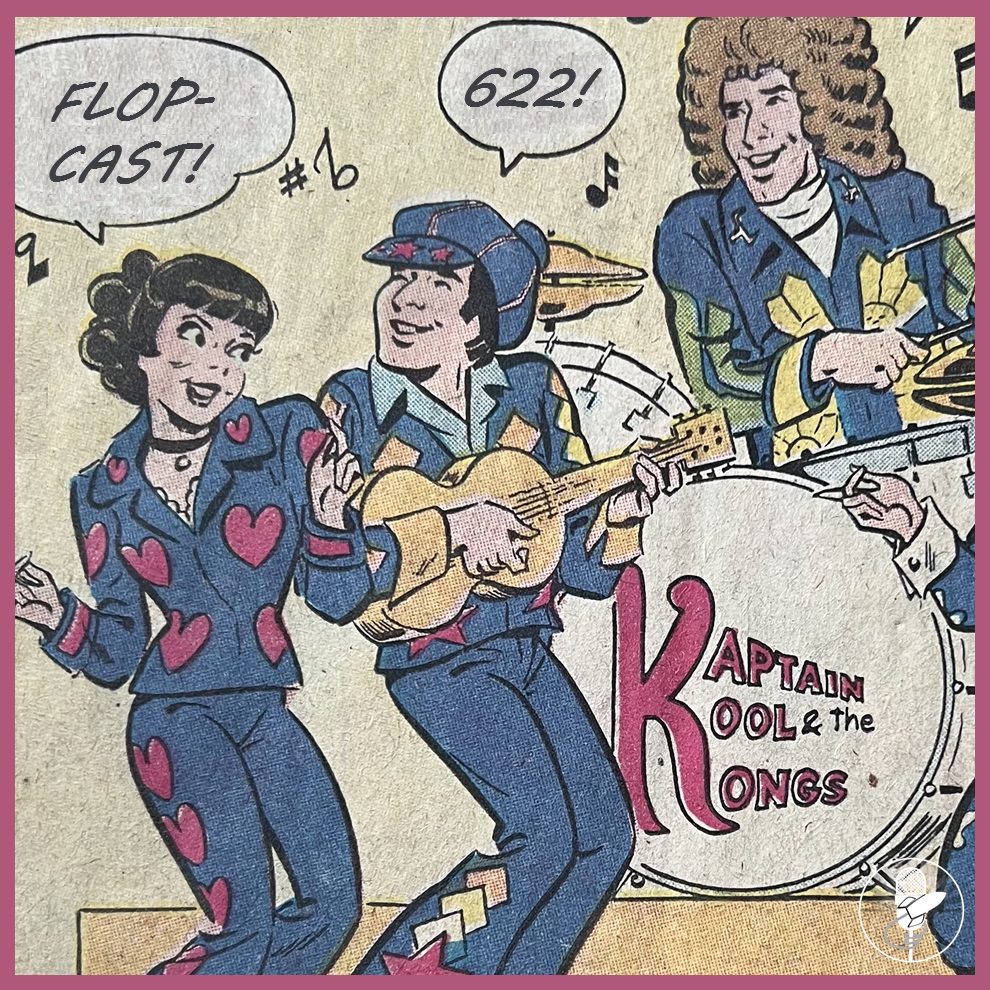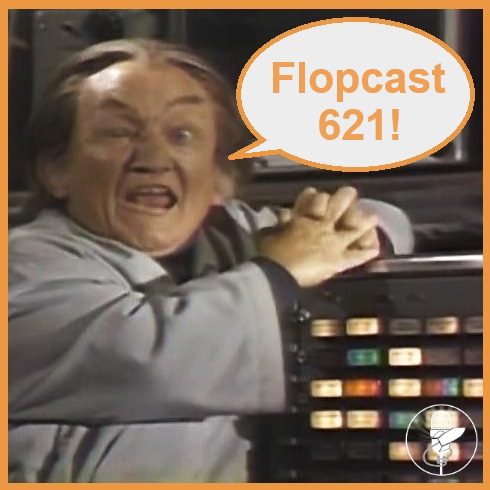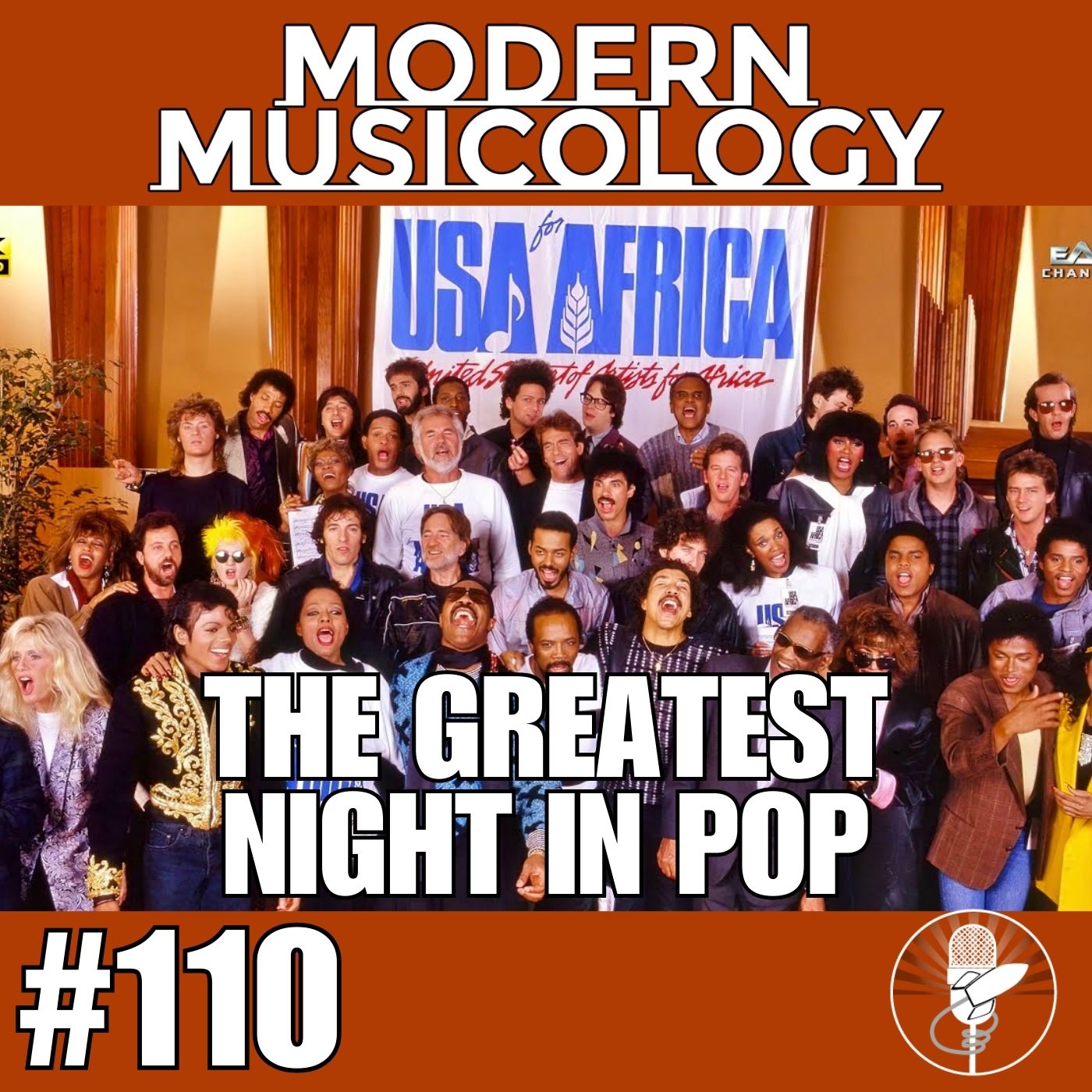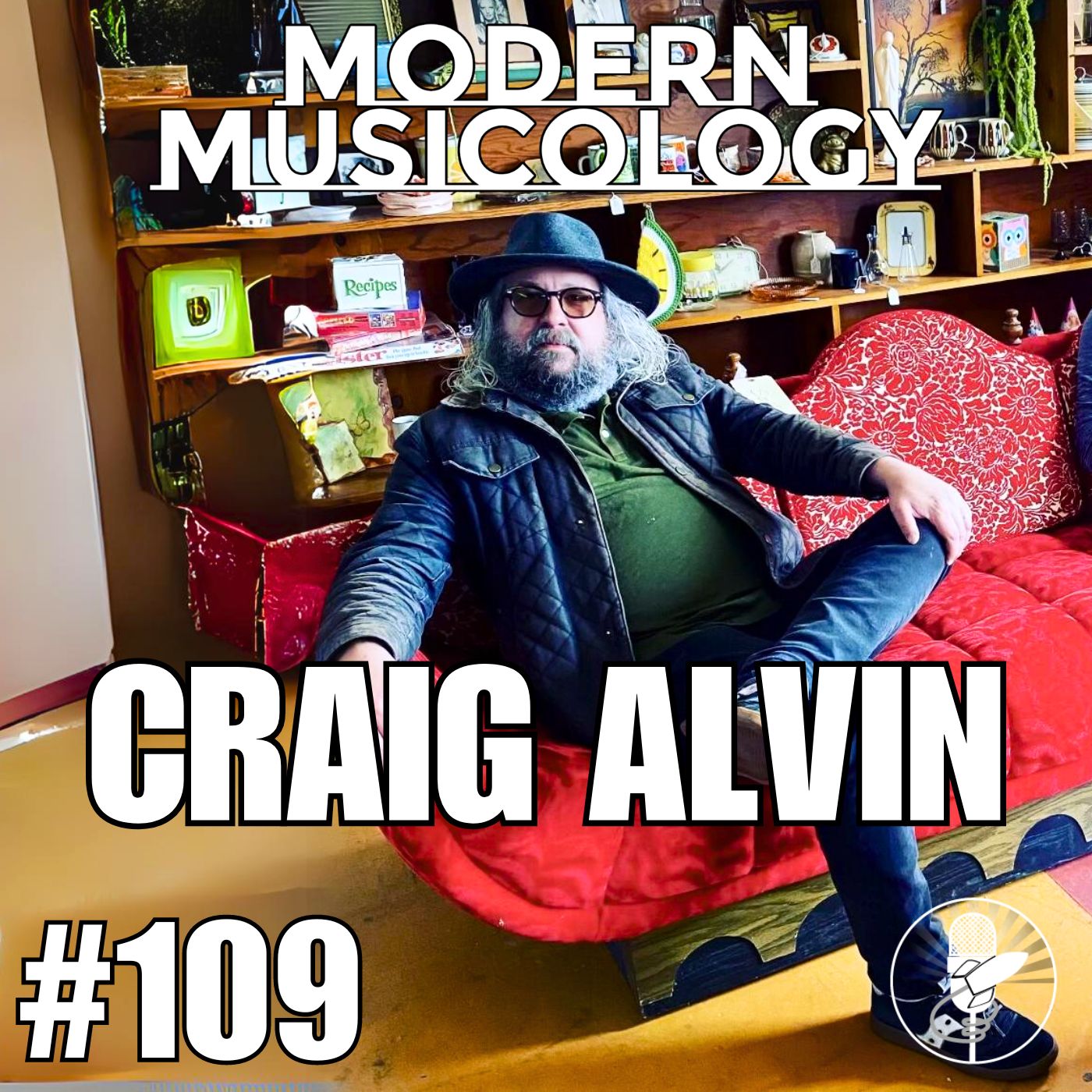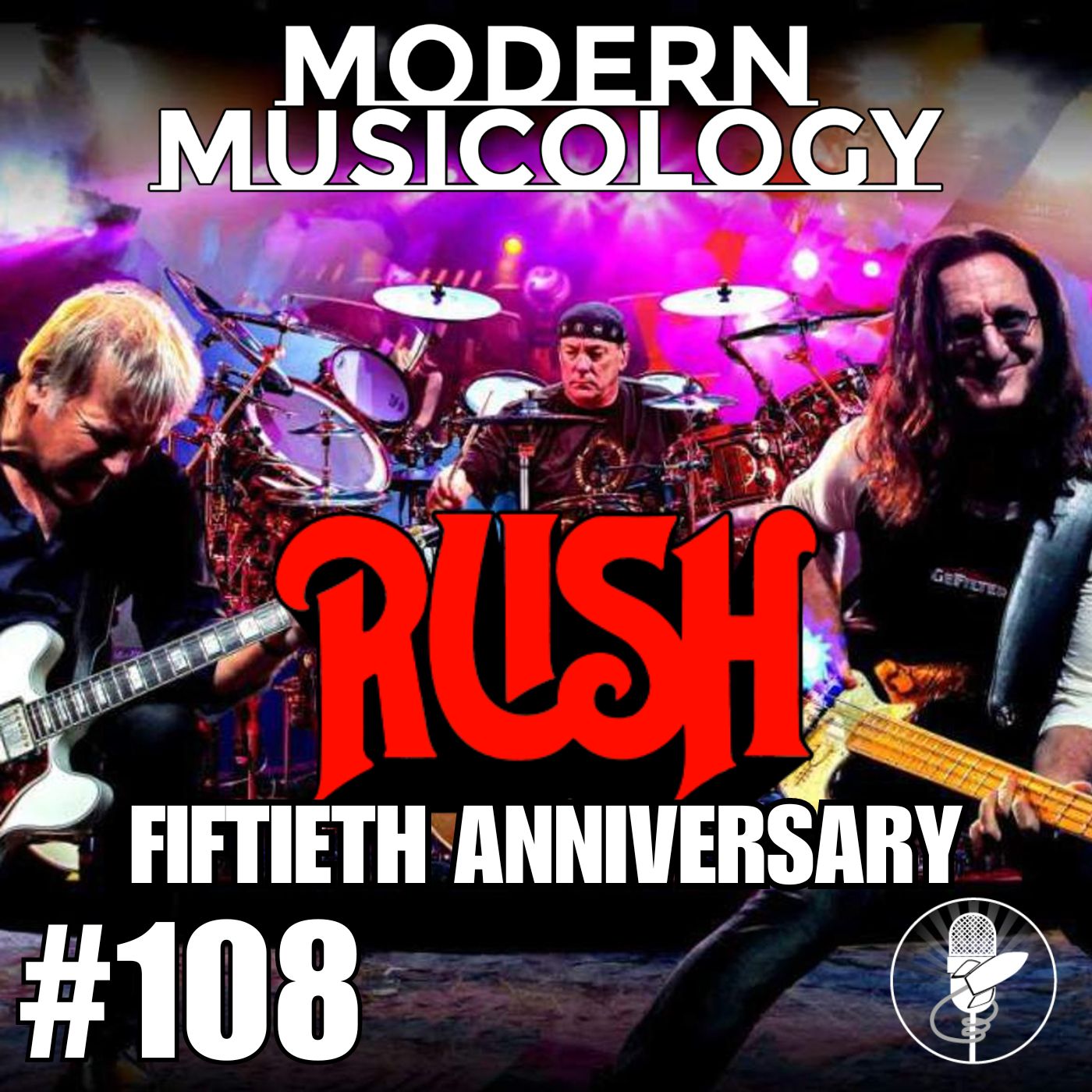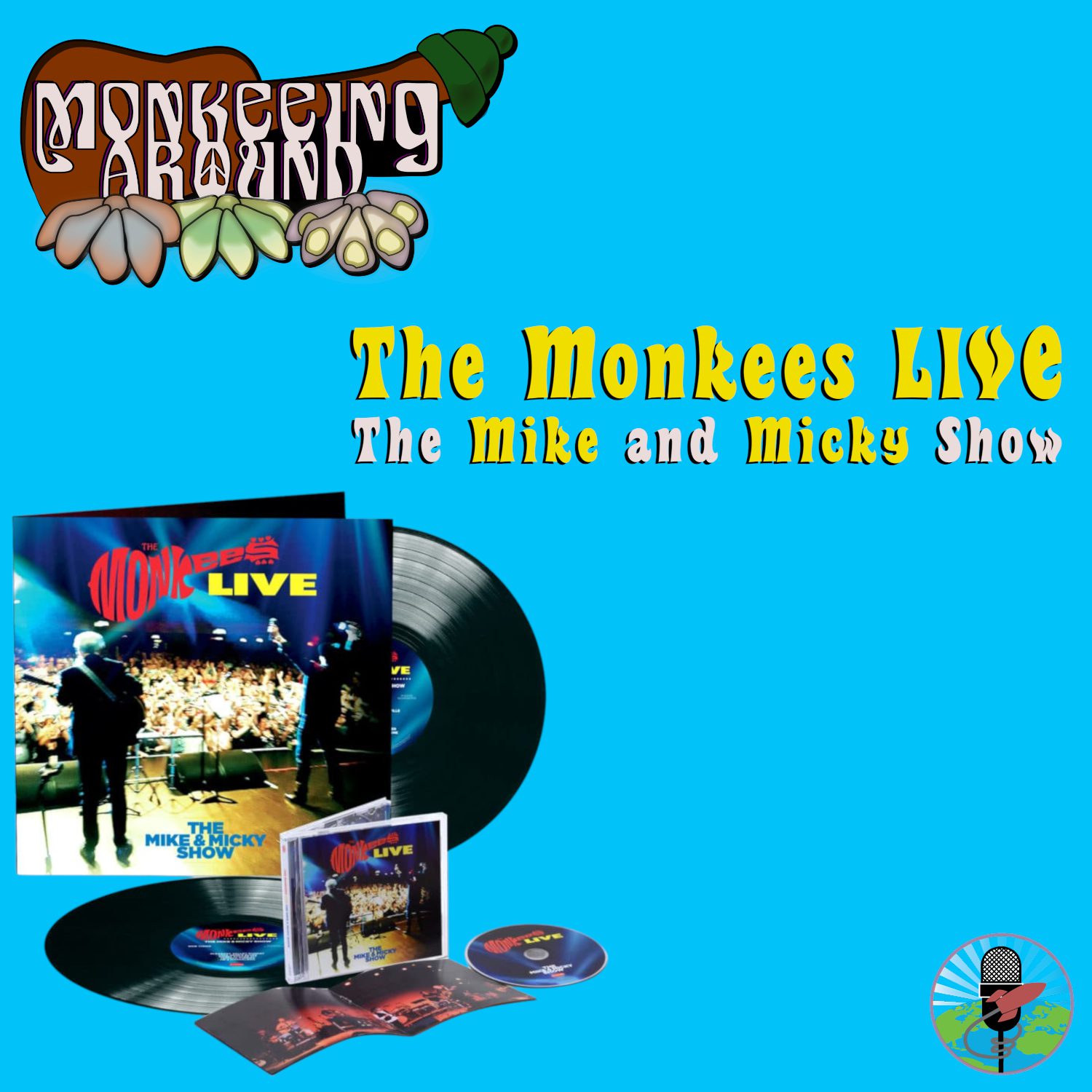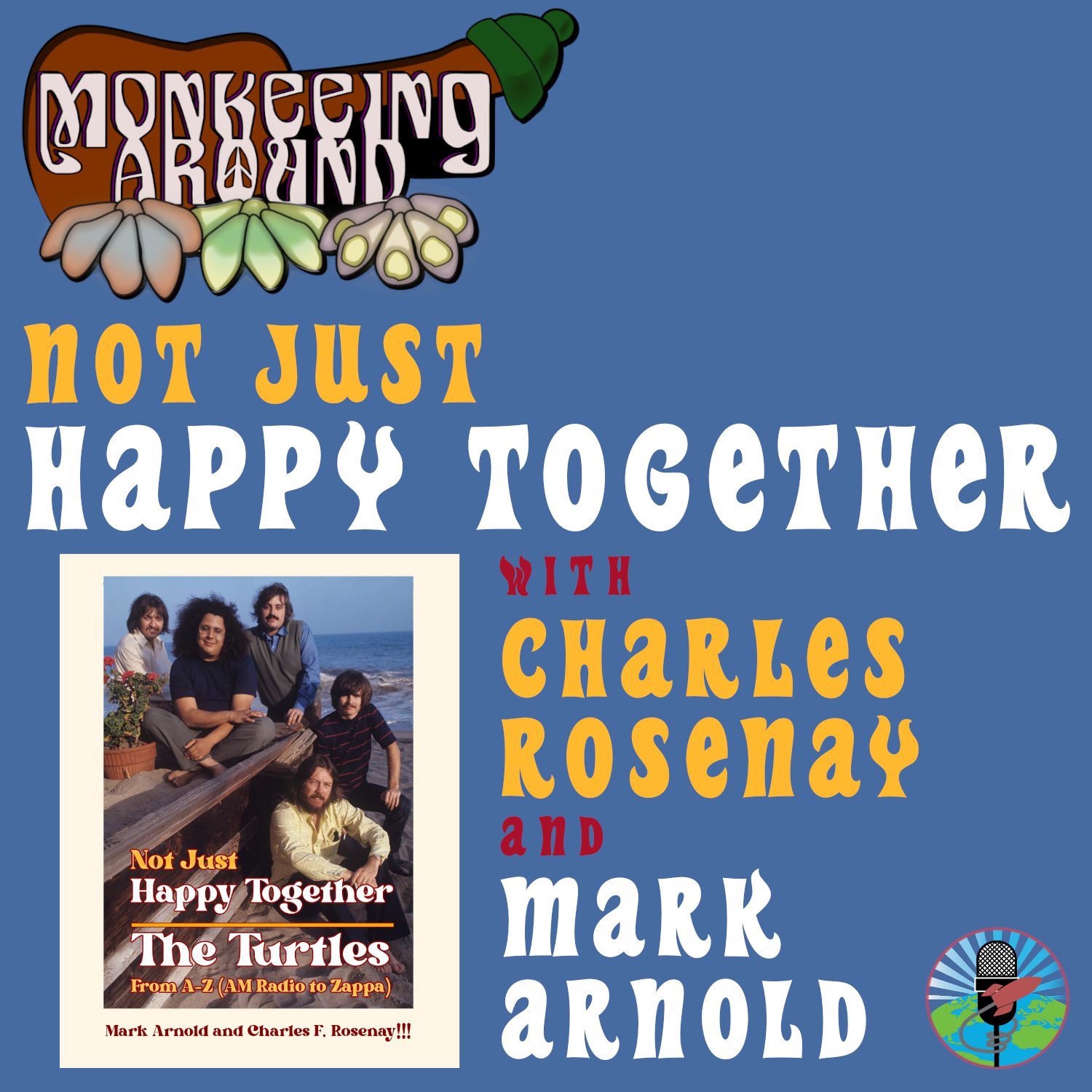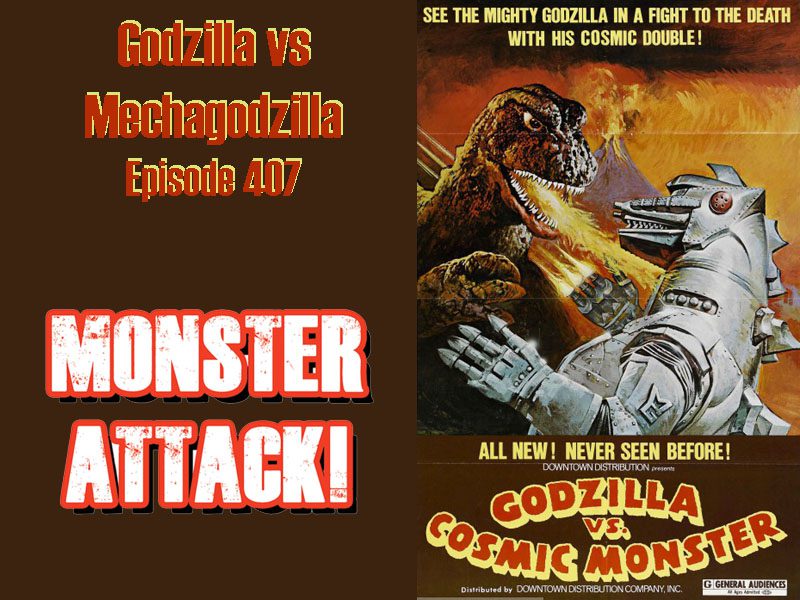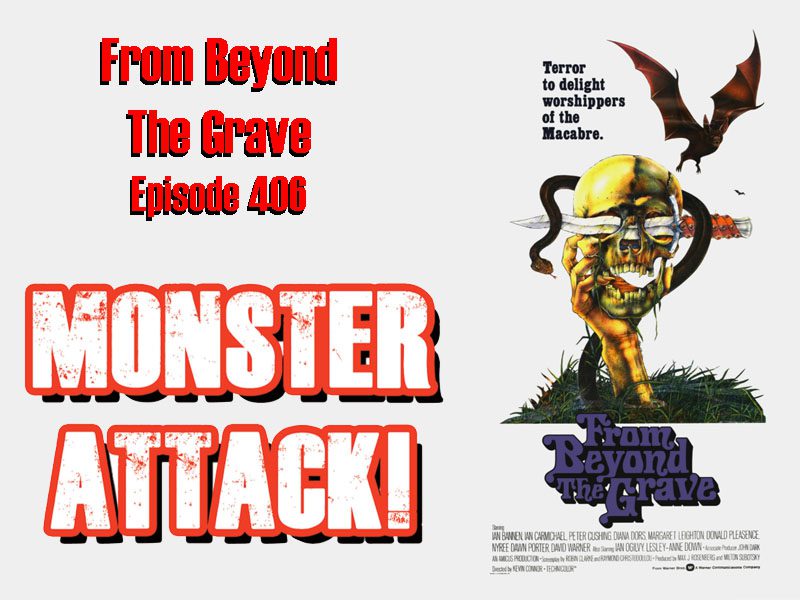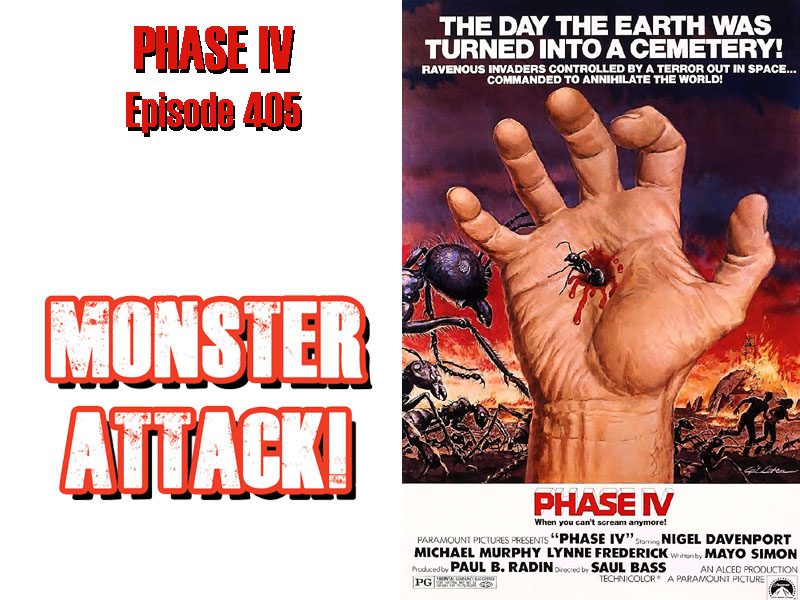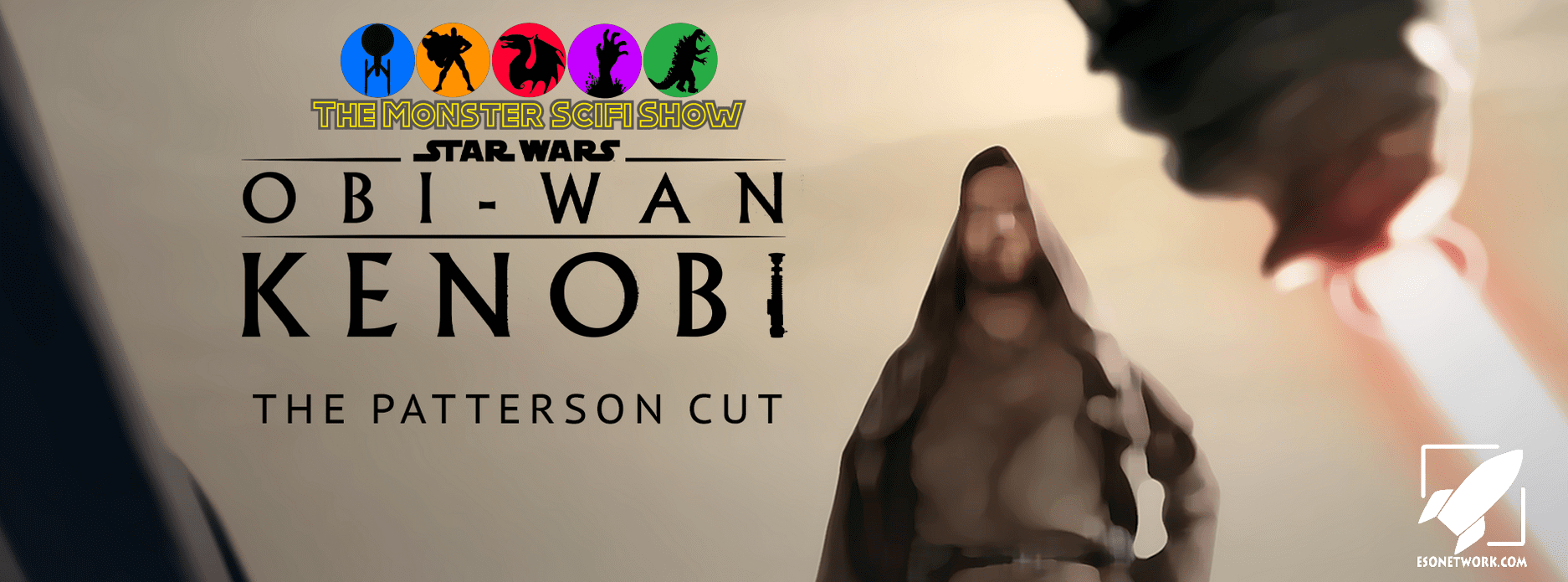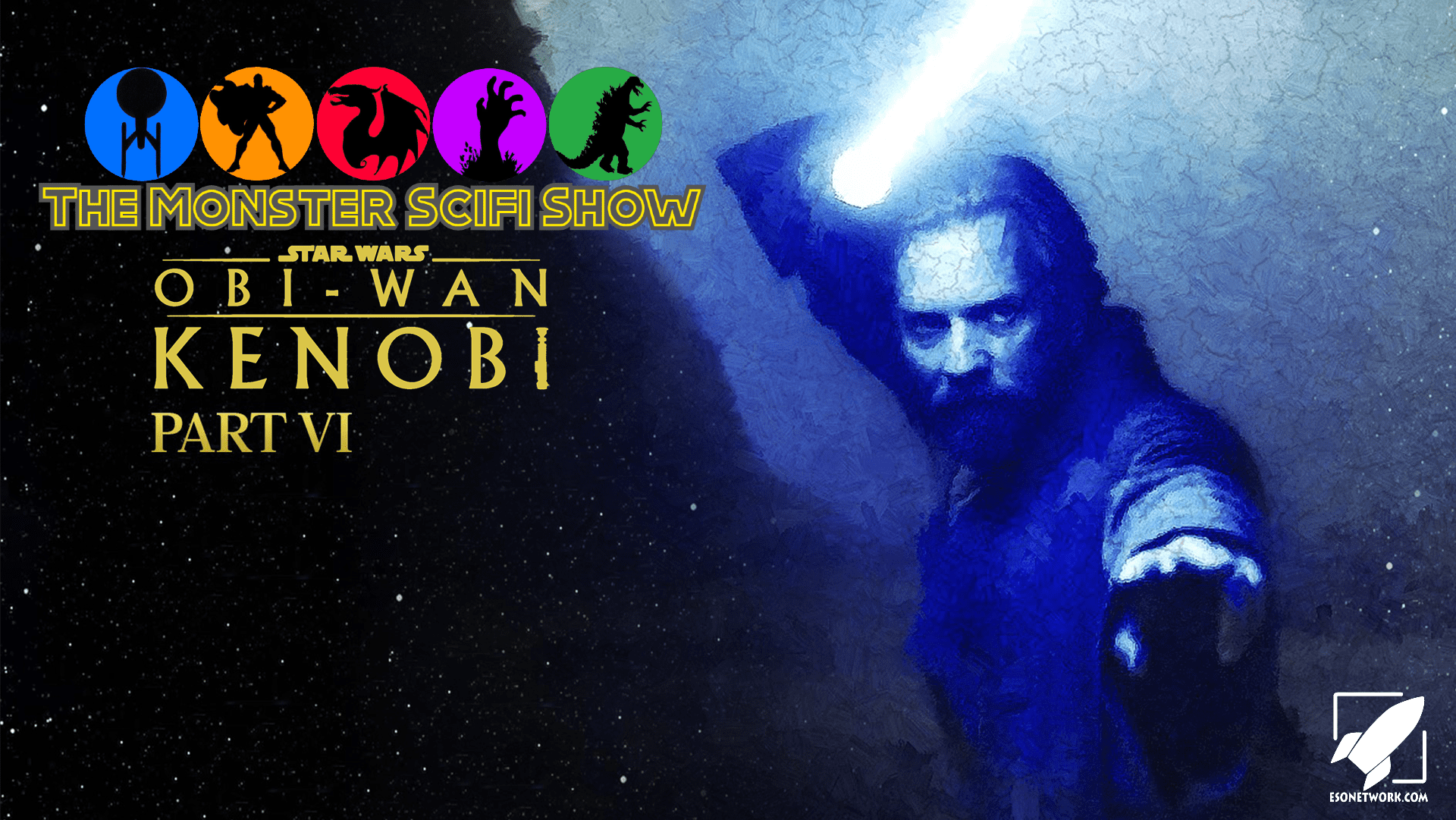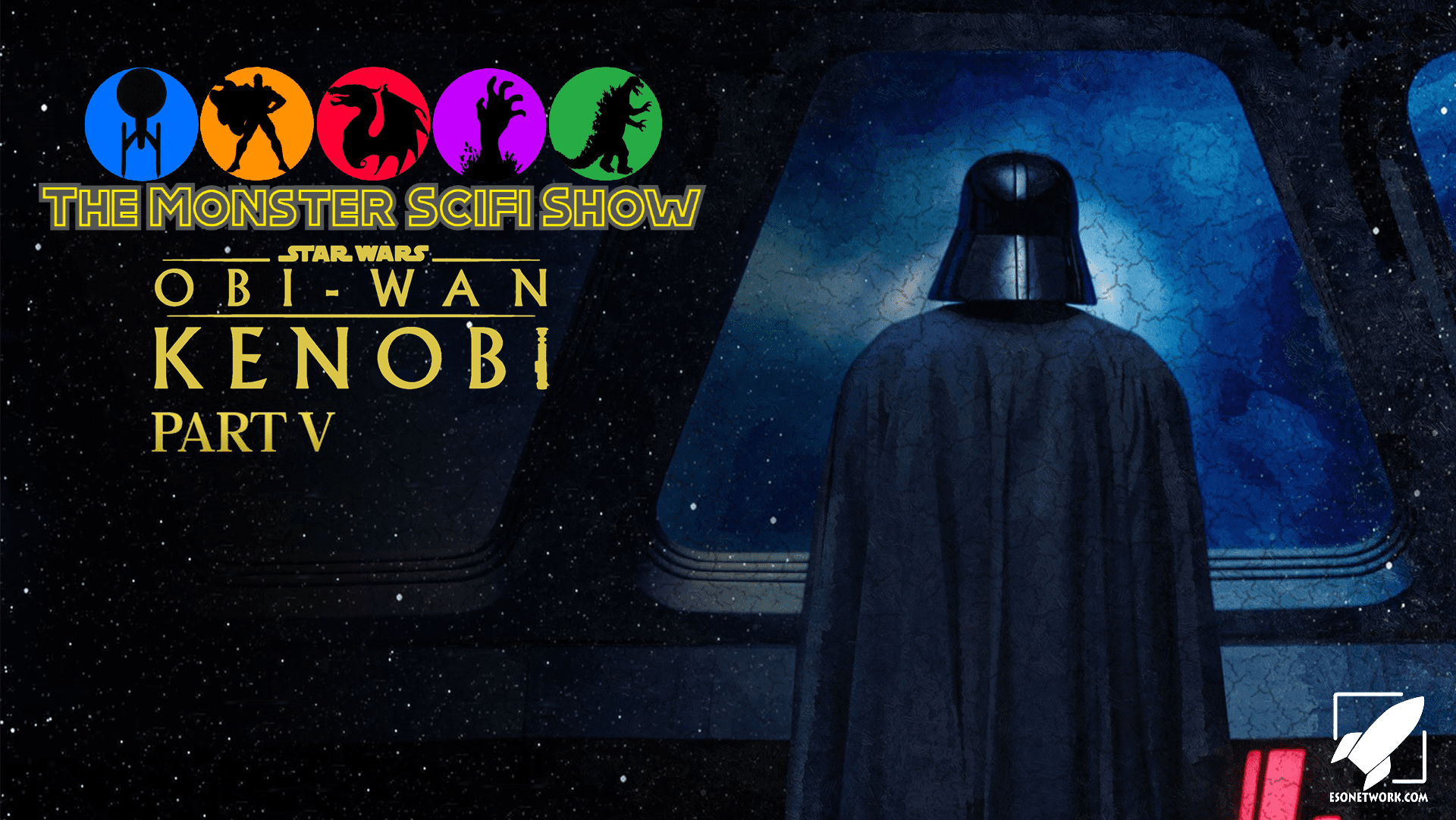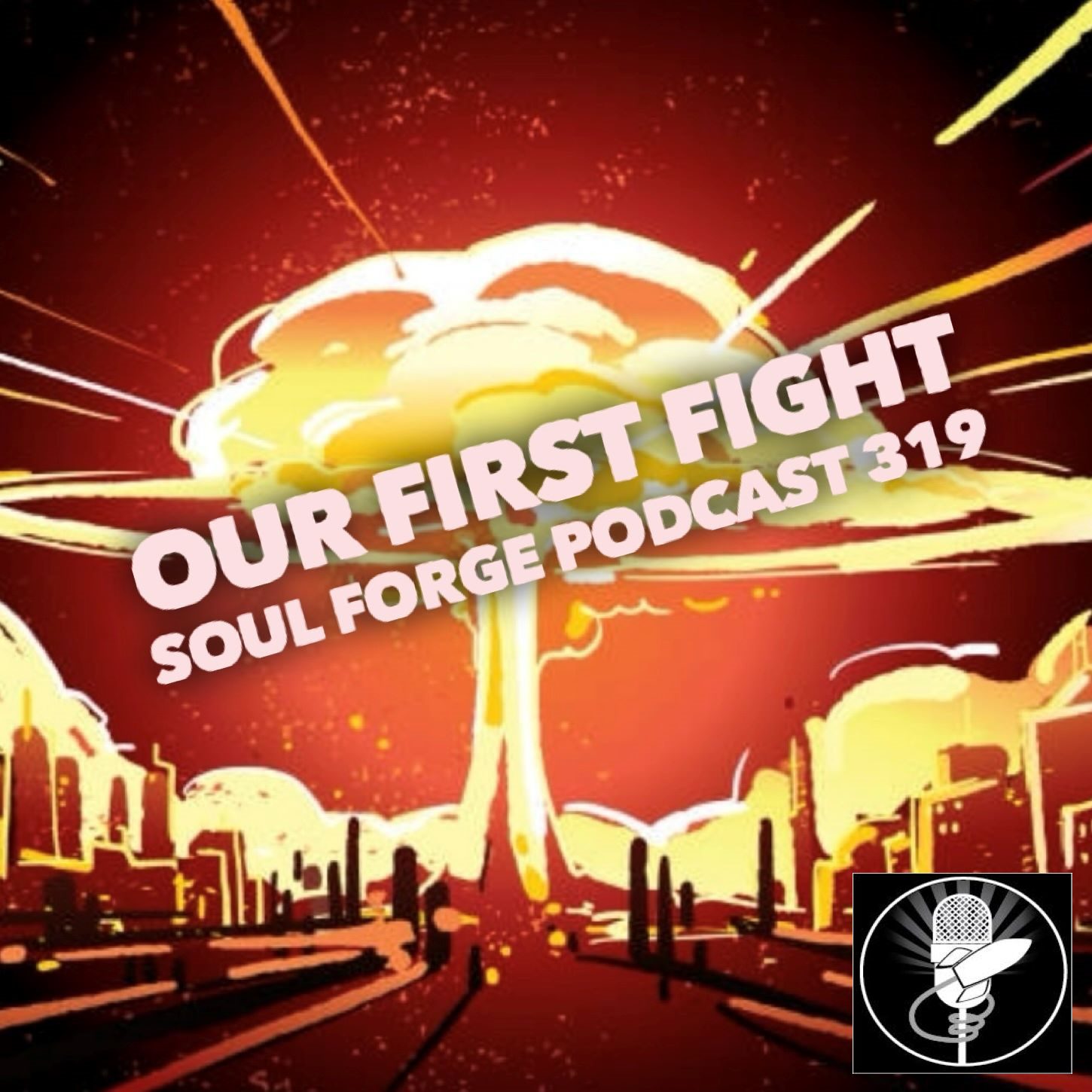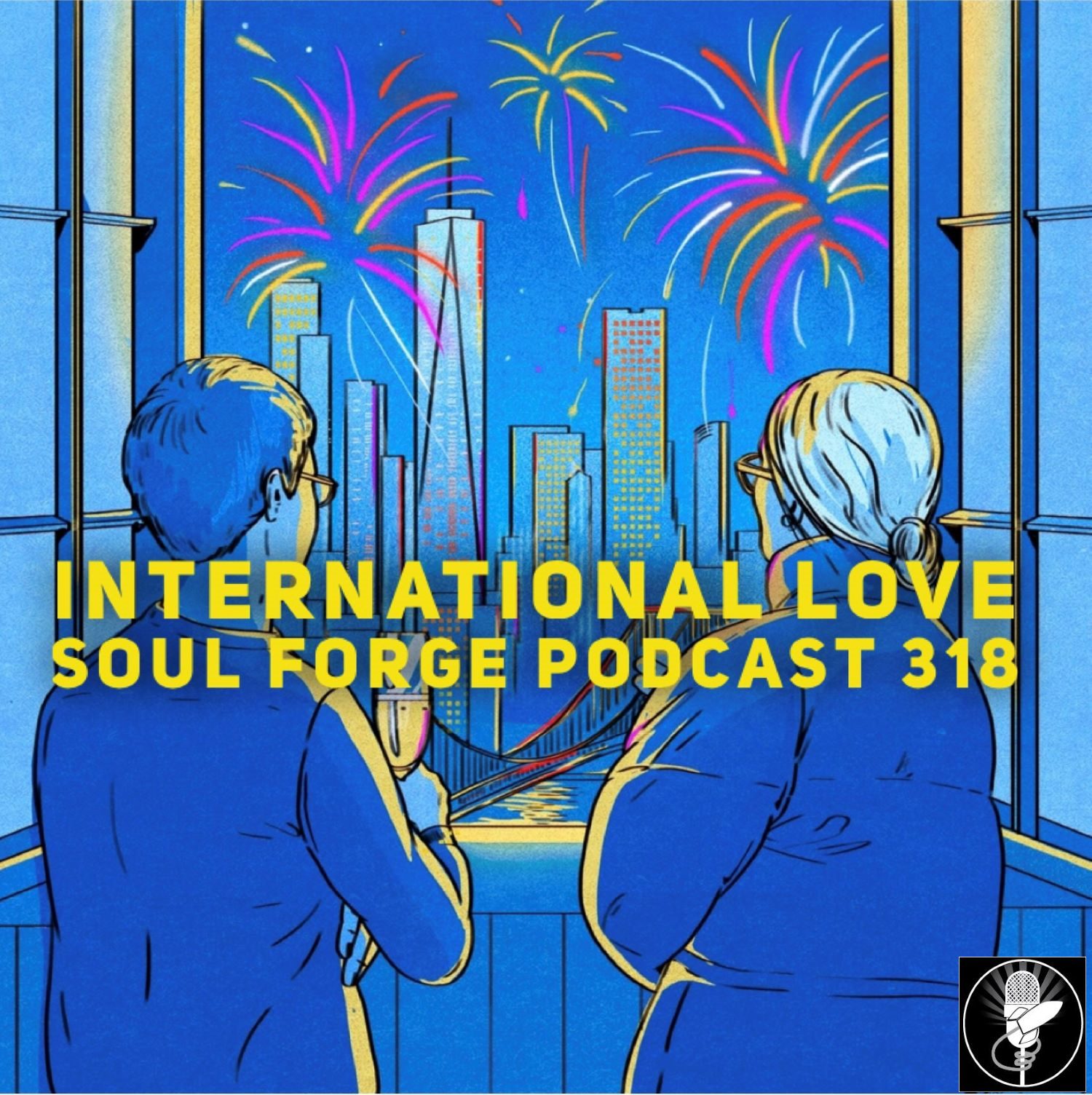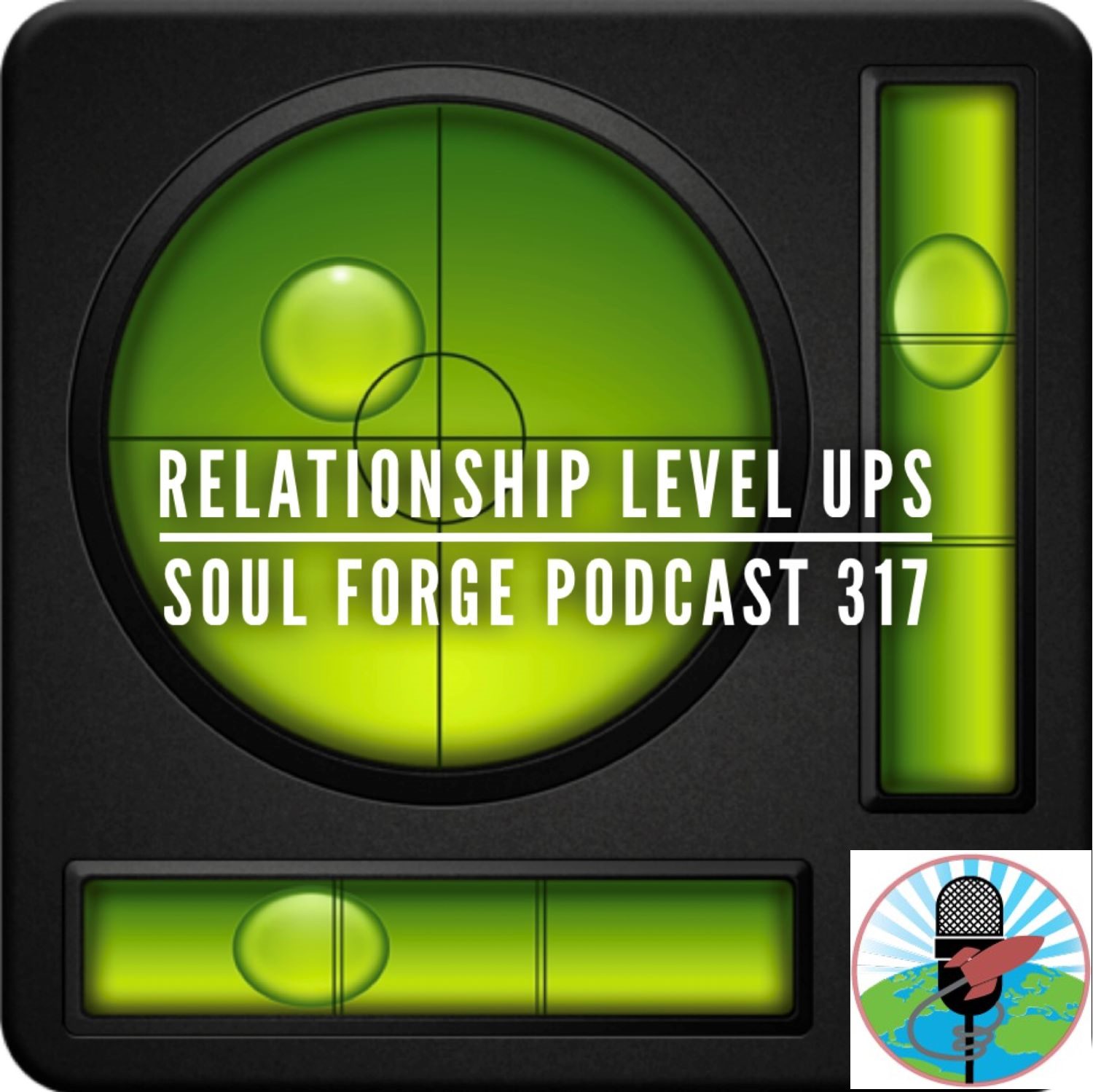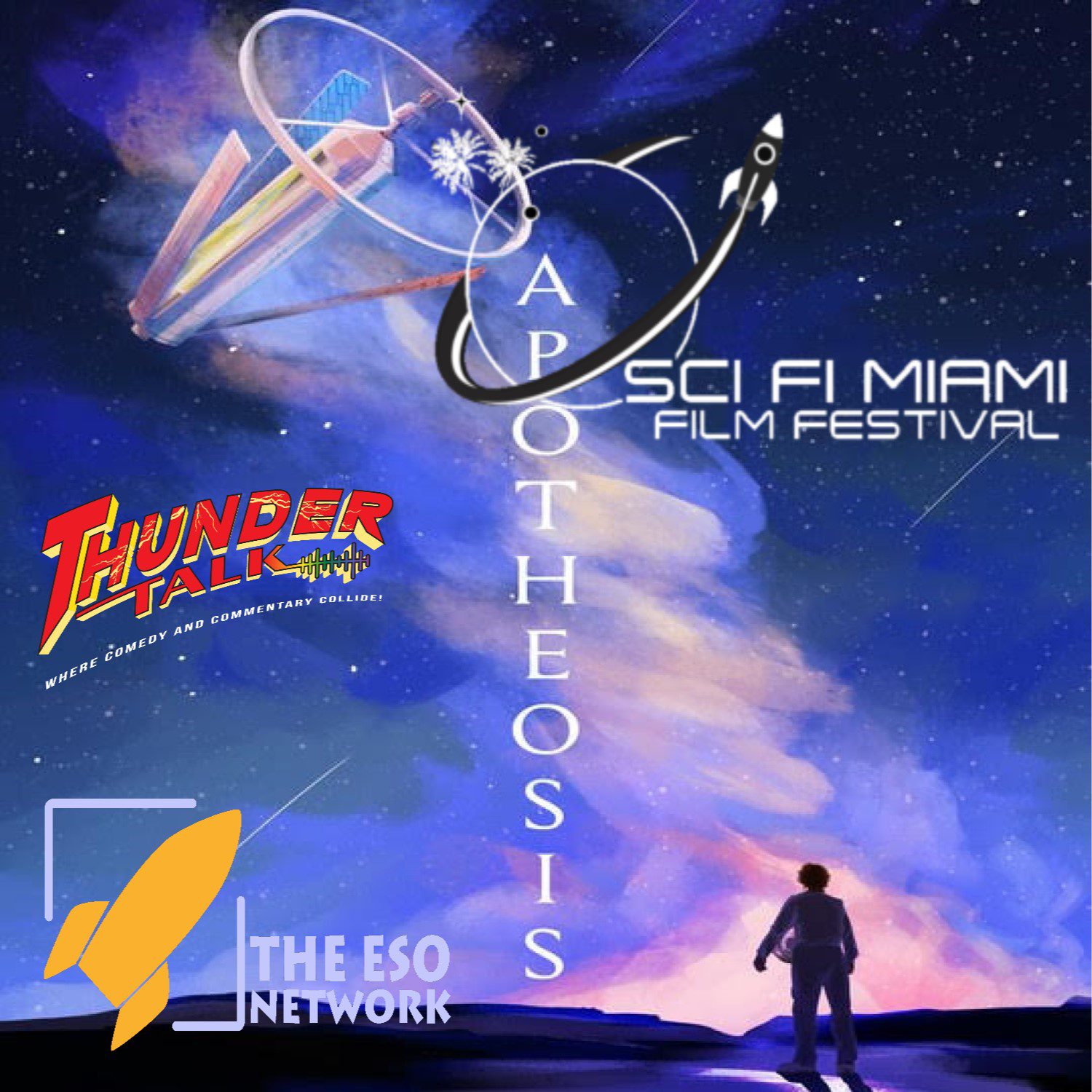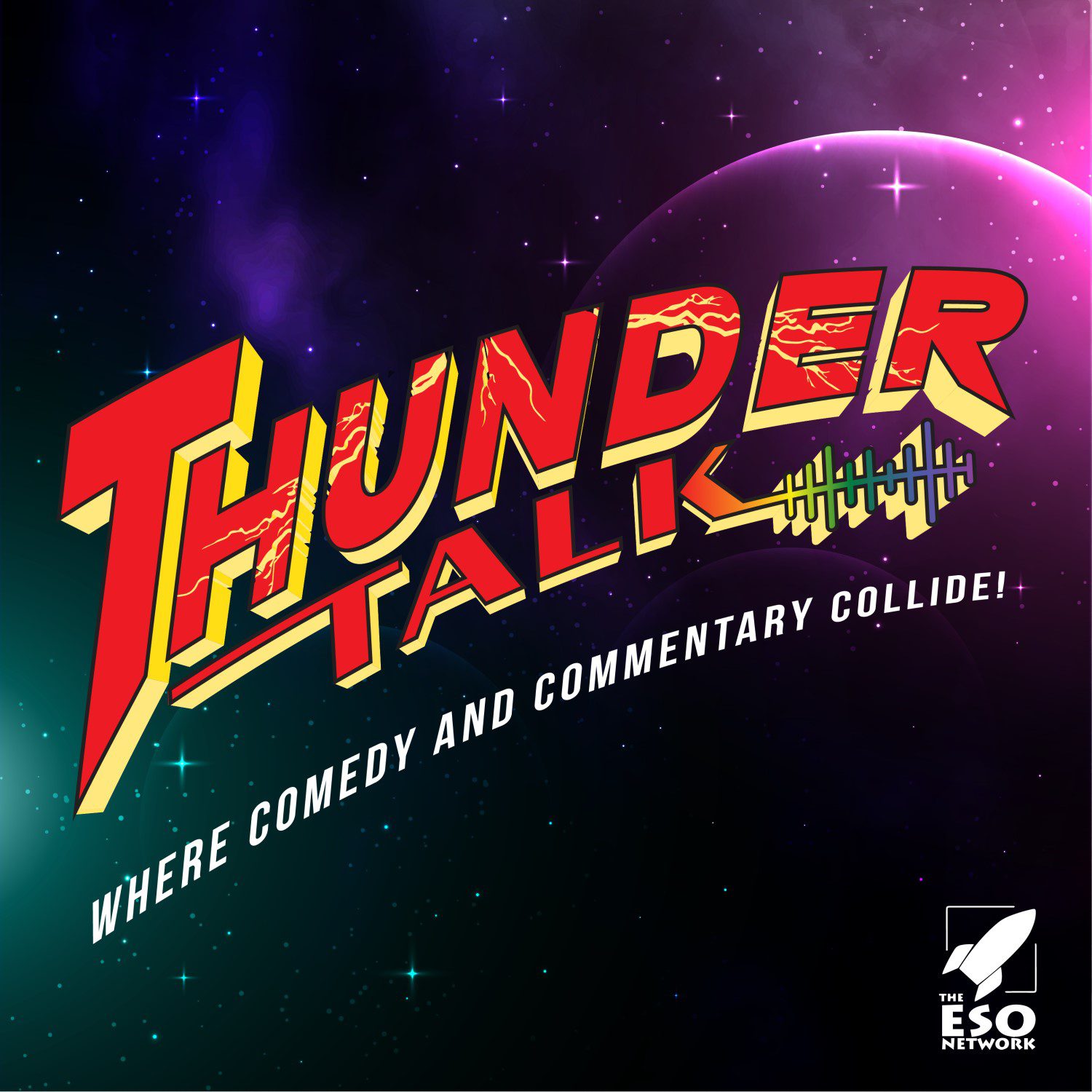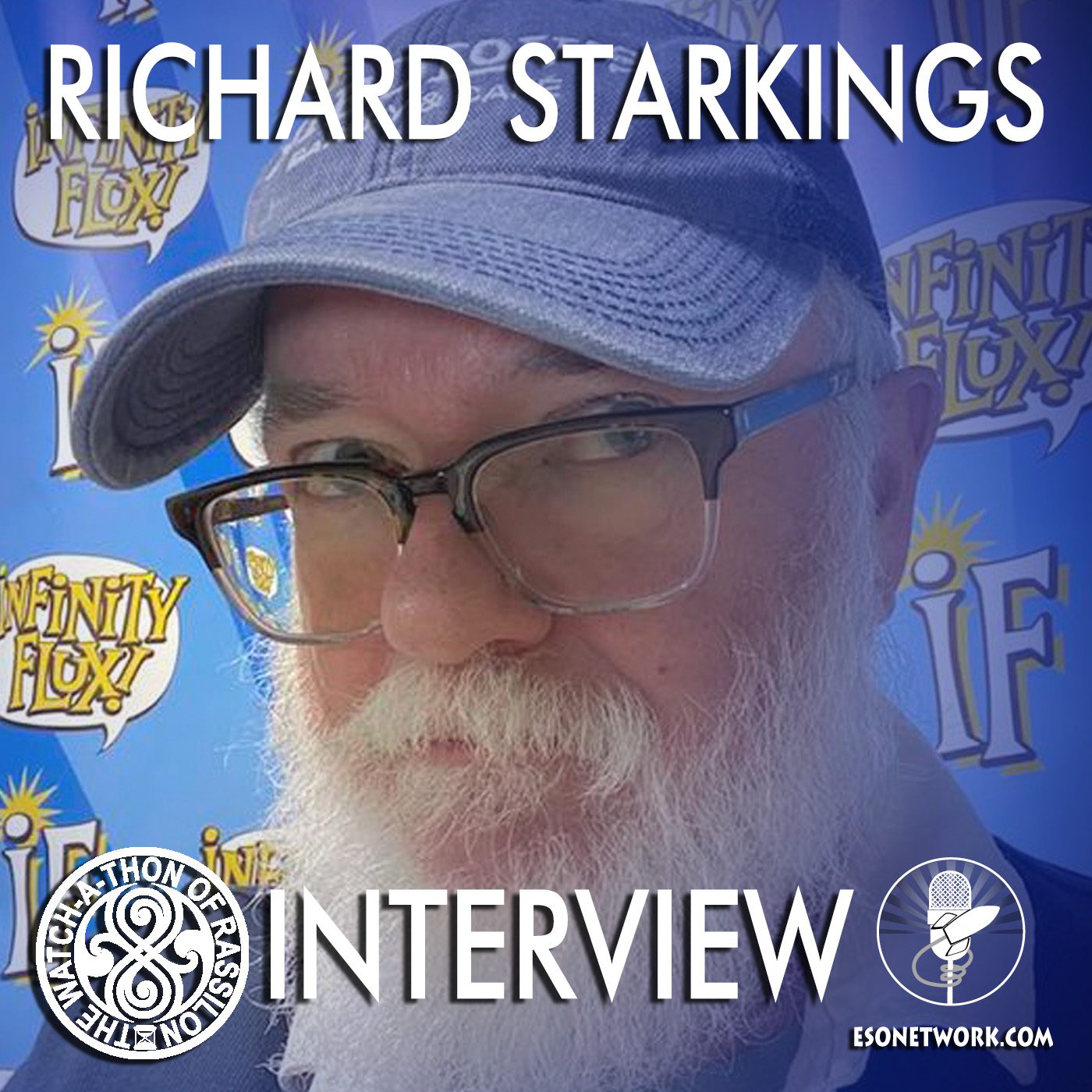The Word War II historical thriller “Dunkirk” isn’t the type of movie I’d normally expect from Christopher Nolan — whose resume includes “Interstellar,” “Inception,” and the Dark Knight trilogy. However, that’s one of the things I admire most about Nolan as a director. He never seems content to just coast on past successes; he strikes me as a person who always wants to push himself creatively and try something new.
“Dunkirk” is the true story of the evacuation of about 300,000 British and French soldiers from the beaches of Dunkirk, France, during the dark, early days of World War II when many feared the Nazi war machine was unstoppable. As the Germans pressed closer to the coast, the British Expeditionary Force found itself trapped and in an increasingly desperate situation. England called up a force of civilian boats of all sizes to come in and rescue the soldiers, saving thousands of lives and ensuring the British army survived to keep fighting.
As I mentioned before, this isn’t the type of movie I’d normally expect from Nolan, although stylistically it is still very much a Nolan film. In order to tell this story, he weaves together three different timelines: he follows a group of soldiers for one week on the beach; a civilian for one day who sails his boat to Dunkirk to participate in the rescue; and a pilot for one hour who flies in to clear the skies above Dunkirk. The use of three alternating timelines heightens the suspense, and it’s really cool to see the timelines start converging as the clock ticks down to the moment of rescue.
The characters and dialogue are actually pretty sparse here; there’s not a lot of talking, and we don’t get to dive too deeply into the character’s lives or personalities. Although I normally like movies that have a lot of character development and meaty dialogue, I respect that that’s not the kind of movie Nolan was trying to make here. The characters are everyday people in an extraordinary situation. Nolan could have picked any soldier, any civilian boat owner, or any pilot and used them as a lens through which to show this story — and that’s the point. “Dunkirk” gives us a snapshot of what it was like to live through one of the war’s darkest periods. We experience fear, frustration, and confusion right along with the people onscreen.
“Dunkirk” is certainly an intense film, and it actually triggered a panic attack for me during the scene where a German U-boat torpedoes an Allied ship and it starts sinking, trapping the soldiers inside. I felt my heart beating too fast but I made myself stay in the theater, because I wanted to experience what it would have been like for these young soldiers fighting in World War II. Parts of “Dunkirk” made me uncomfortable but it was good to get a better appreciation for the people who fought and died in the war.
Although “Dunkirk” is a somber, high-stakes film, it is beautifully shot, and Nolan really makes you feel like you are a part of the action, particularly in the scenes with the dog-fighting. You feel like you are in the cockpit with Tom Hardy’s Royal Air Force pilot (I would love to watch a Nolan movie with more true-life stories about WWI or WWII pilots). And there are a few moments of genuine emotional triumph, such as when the civilian ships finally appear over the horizon to save the day. I know Kenneth Branagh’s Commander Bolton wasn’t the only person in the theater with tears in his eyes. Without giving away a spoiler, there is also a sad but lovely moment at the very end of the movie honoring a local boy’s act of heroism during the boat rescue.
While I don’t see myself watching “Dunkirk” over and over and over, I don’t think that’s the type of movie it was meant to be. It’s a cinematic experience, allowing audience members to relive an important moment in our past and giving us a deeper respect for history. Before watching this movie, I didn’t know the story of Dunkirk. I’m glad that now I do.

